Welcome to 1999 Movies Week, a celebration of one of the best years in film history. Throughout the week, The Ringer will highlight some of the year’s best, most interesting films, but there’s no better way to prove what a high quality, diverse year ‘99 was at the box office than by ranking the movies. Yesterday, we ranked nos. 50 through 26 on the list—now, we can reveal the Top 25. Here is Part 2 of The Ringer’s ranking of the best movies in 1999.
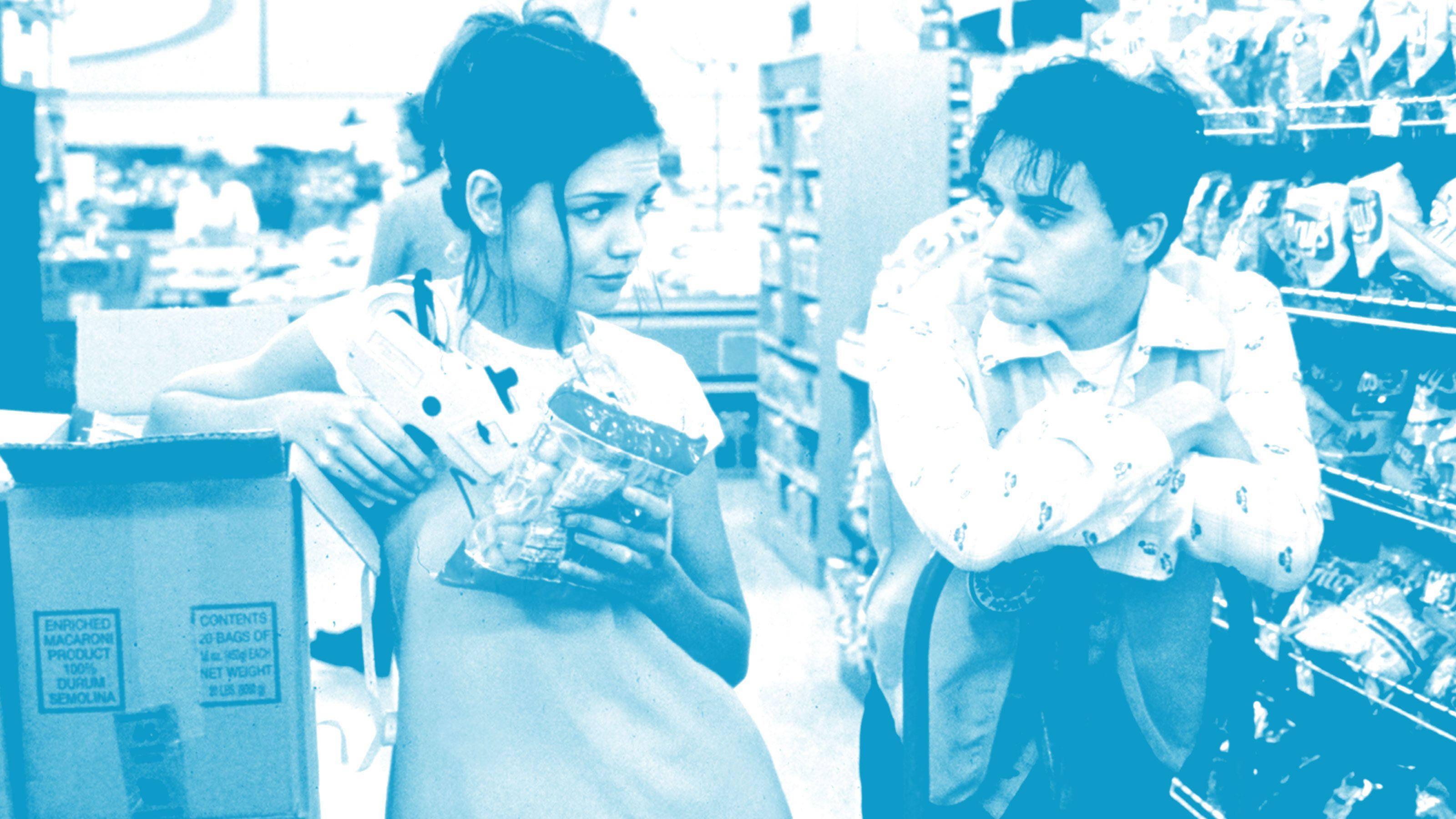
25. Go
Rob Harvilla: Of the roughly 10,000 movies described as “Tarantinoesque” in the mid-to-late ’90s, Doug Liman’s fractured, goofy tale of acid trips, Vegas joyrides, strip-club gunplay, cheap-buffet arguments about tantric sex, and threesomes set to Air’s Moon Safari was the Tarantinoesque-est. As cheap highs go, it beats chewable baby aspirin.
Who stole this movie? With apologies to Taye Diggs, Timothy Olyphant, Jay Mohr, Katie Holmes in her full Dawson’s Creek bloom, and Melissa McCarthy in her film debut, nobody was stealing this vignette-heavy movie from its nominal star. Sarah Polley plays a plucky and alarmingly soulful supermarket cashier selling drugs and risking black-comedy bodily injury to hustle up some rent money. She proved so soulful, in fact, that soon Polley would ditch this trashy milieu entirely and start directing her own films, which are so quiet, elegant, and gently profound (start with her debut, 2006’s nursing-home drama Away From Her) that no one would dare call them Tarantinoesque.
What’s the one thing about this movie that’s aged the worst? The gnarlier aspects of Pulp Fiction worship, from white people spitting racial slurs to the nonsensical pop-culture talk (drug dealers apparently hate Family Circus), are well represented here, but let’s go with Olyphant’s hair.
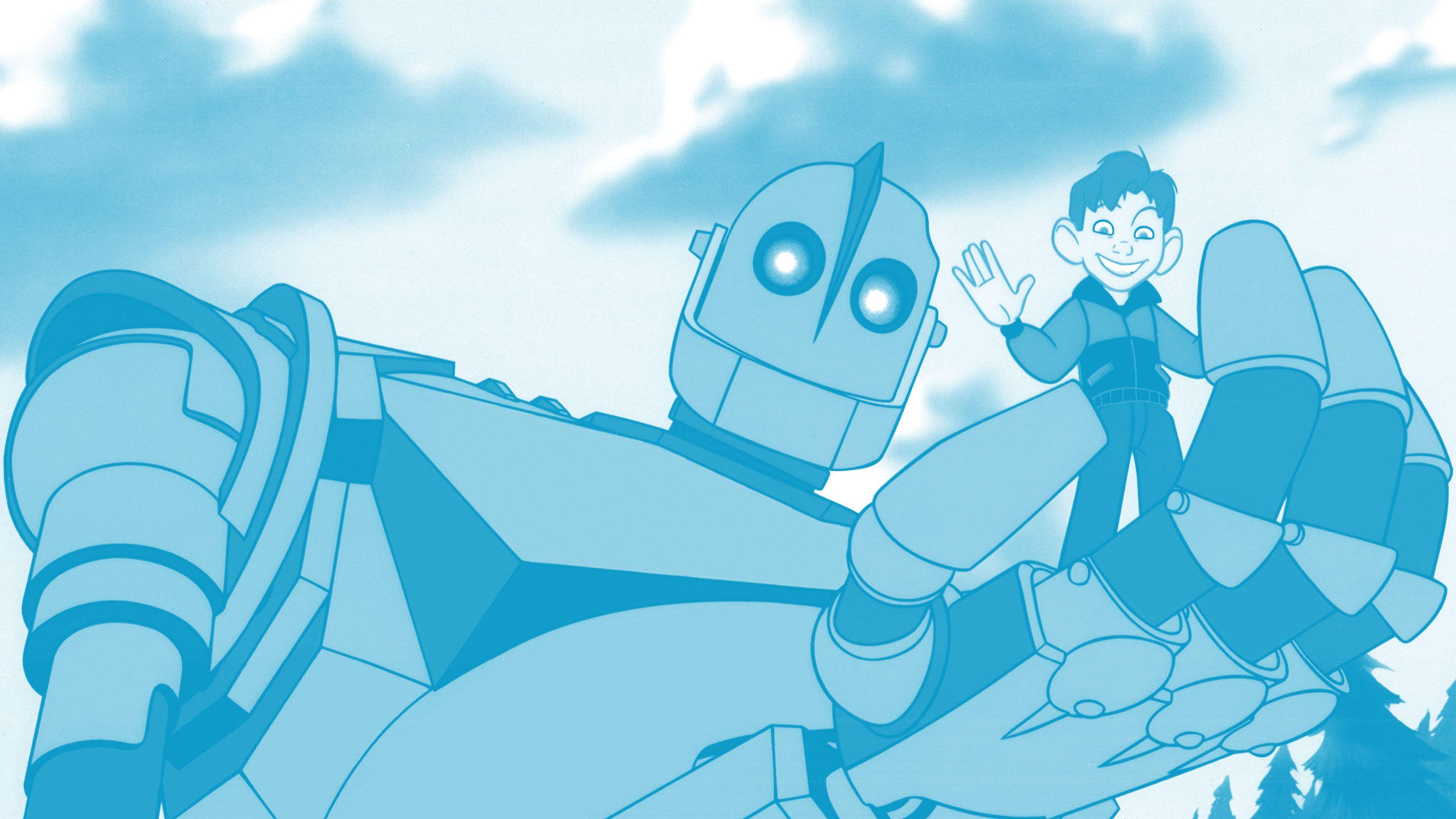
24. The Iron Giant
Miles Surrey: The Iron Giant has a bit of everything: an earnest message of empathy, stunning animation, Sputnik-fueled ’50s paranoia, slapstick humor involving laxative consumption, heavy-handed Superman undertones, the soulful robot grumbles of Vin Diesel, and a tear-jerking bond between kid and machine. This is, full stop, one of the best animated movies of all time; an enduring classic.
How did this movie influence films to come? Since The Iron Giant initially tanked at the box office, it took a while before Brad Bird’s movie was re-evaluated as a cult classic. But if its appearance in the climax of Ready Player One is any indication, The Iron Giant’s standing in the zeitgeist is as strong as it’s ever been. One of the best blockbusters of 2018 even copied much of the film’s broad strokes: The Transformers spinoff Bumblebee was, at its core, about the bond between a teenage girl (Hailee Steinfeld) and a mysterious alien robot with tremendous powers. At one point, the girl has to implore Bumblebee not to become a living weapon as his robot eyes temporarily turn bright red. It’s essentially Iron Giant copyright infringement.
Who stole this movie? Vin Diesel is mostly considered for his oily work in the Fast & Furious franchise. That’s all well and good, but the man’s carved out an incredibly effective niche voicing creatures who can’t say much yet evoke a ton of feeling. Before there was “I am Groot,” there was “... Superman.”
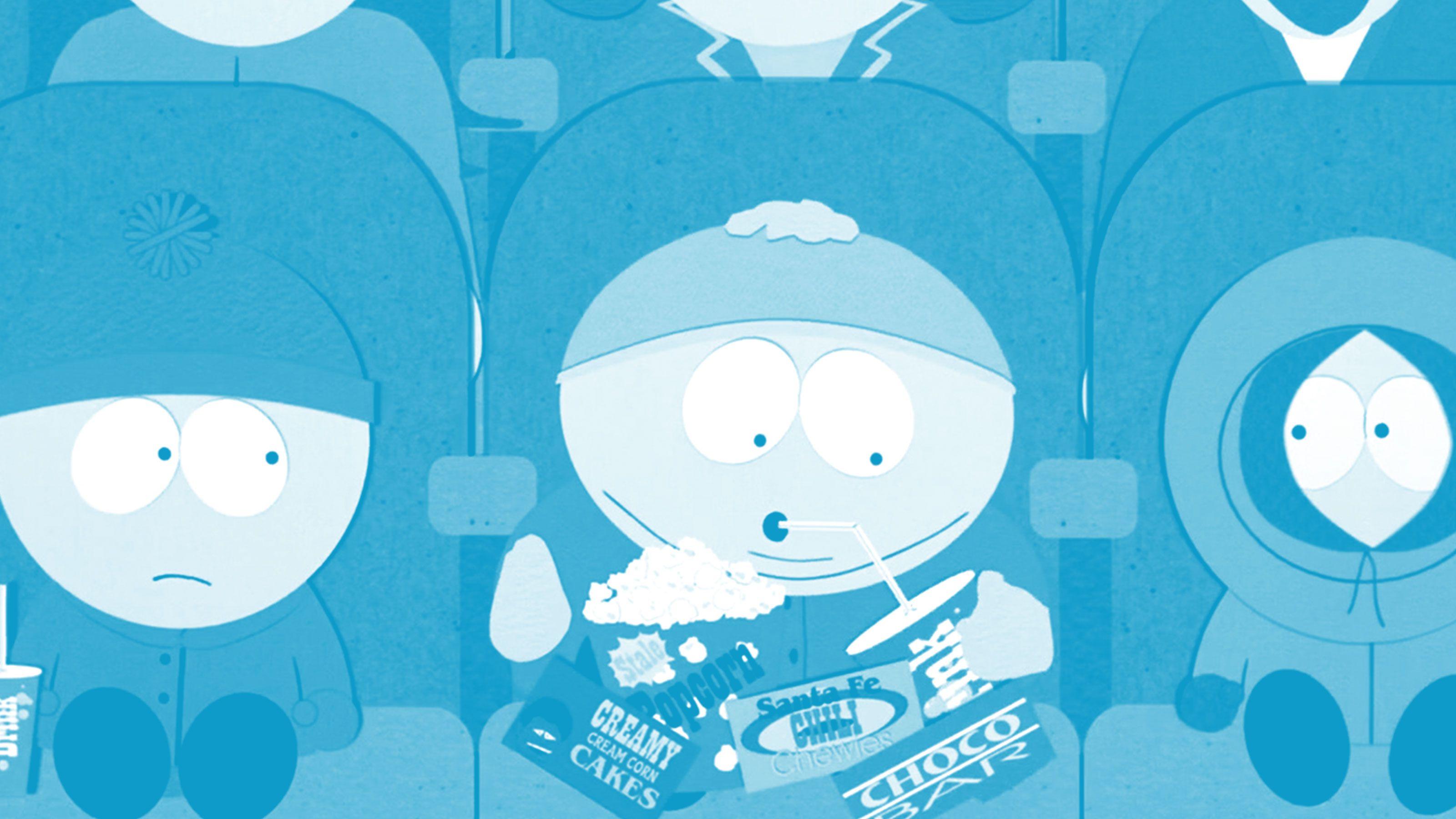
23. South Park: Bigger, Longer & Uncut
Sean Fennessey: Maybe the best musical since Cabaret? Sure, the South Park guys’ return to feature films after their indiesploitation underground hits Cannibal! The Musical and Orgazmo is a vulgar, antic extension of their then-hit show’s ethic. Cowritten with longtime Hollywood composer Marc Shaiman, Bigger, Longer & Uncut looks crude but is magnificently constructed, a true homage to Vincente Minnelli and Robert Wise’s finest work. Also, it features a love affair between Satan and Saddam Hussein.
What is the best line or moment from this movie? “Cheers, fuckface.”
Who stole this movie? Terrance and Phillip. The evil, insane Canadian film stars walk away with the movie with the Stanley Donen-esque flatulence opera “Uncle Fucka.”
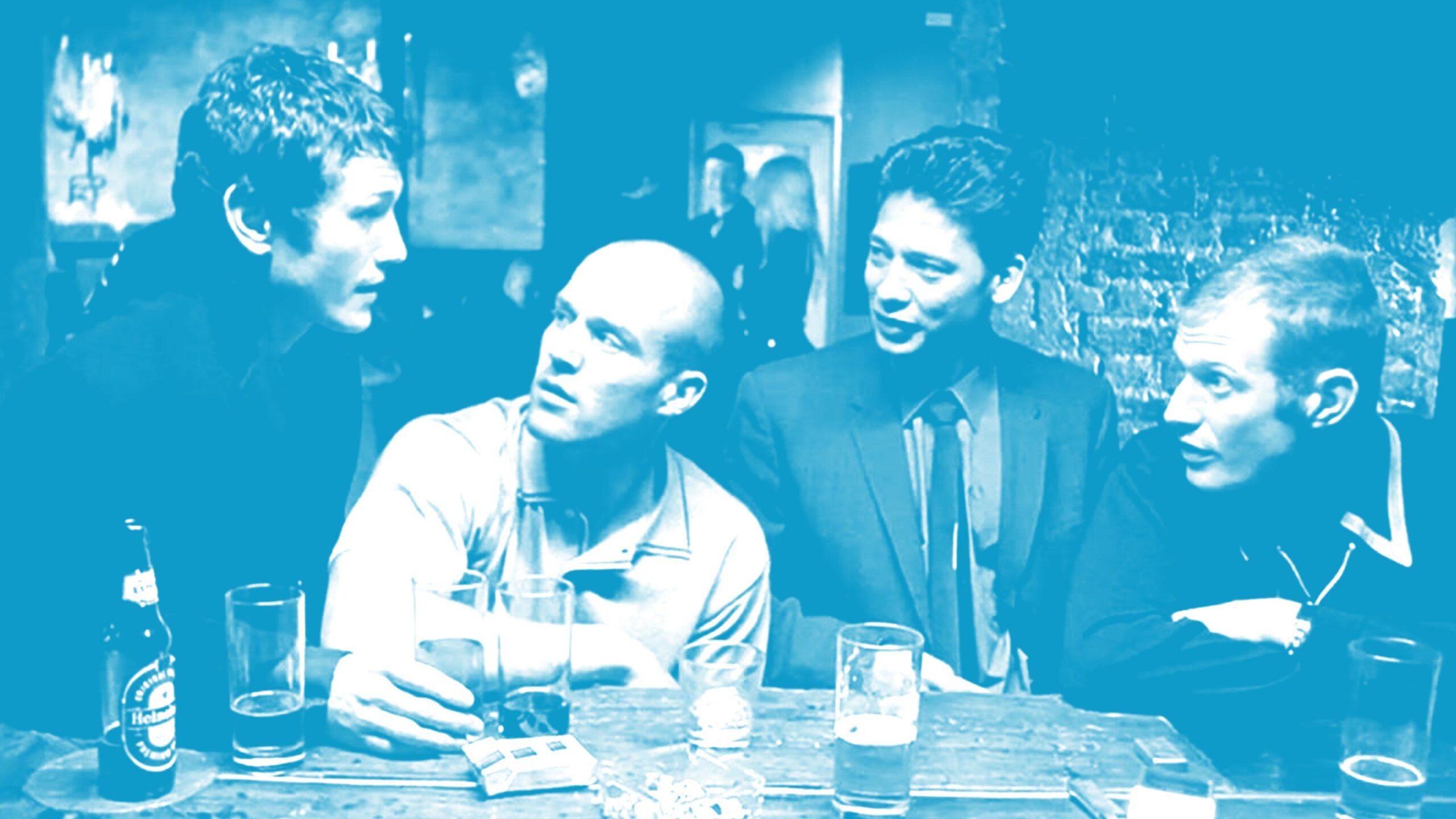
22. Lock, Stock and Two Smoking Barrels
Harvilla: Guy Ritchie’s scrappy, twisty, cheerfully ultraviolent tale of hapless small-time English hoodlums might be his best work. Even Sting comes out looking great. (Maybe turn on those closed captions, though, when the accents get too thick.)
How did this movie influence films to come? It jump-started multiple major enduring careers, including Ritchie’s own: His next movie, 2000’s equally sordid Snatch, costarred Brad Pitt, and the next one after that, 2002’s Swept Away, starred his then-wife, Madonna. (He’s directing a modest little indie called Aladdin, out later this year.) But Barrels is best known for introducing the world to one Jason Statham, who went from selling fake perfume on the street to anchoring multiple major action-movie franchises. (This summer he’s costarring in a modest little indie called Fast & Furious Presents: Hobbs & Shaw.)
Who stole this movie? Statham was cast because he was, authentically, an unvarnished roughneck brawler, such that appearing in this movie hardly qualified as “acting.” Same goes for the other notable Barrels rookie, ex-footballer Vinnie Jones, who plays a charismatic and terrifying debt collector who outshines a cast full of charismatic and terrifying people, especially when he kills a guy with a car door.
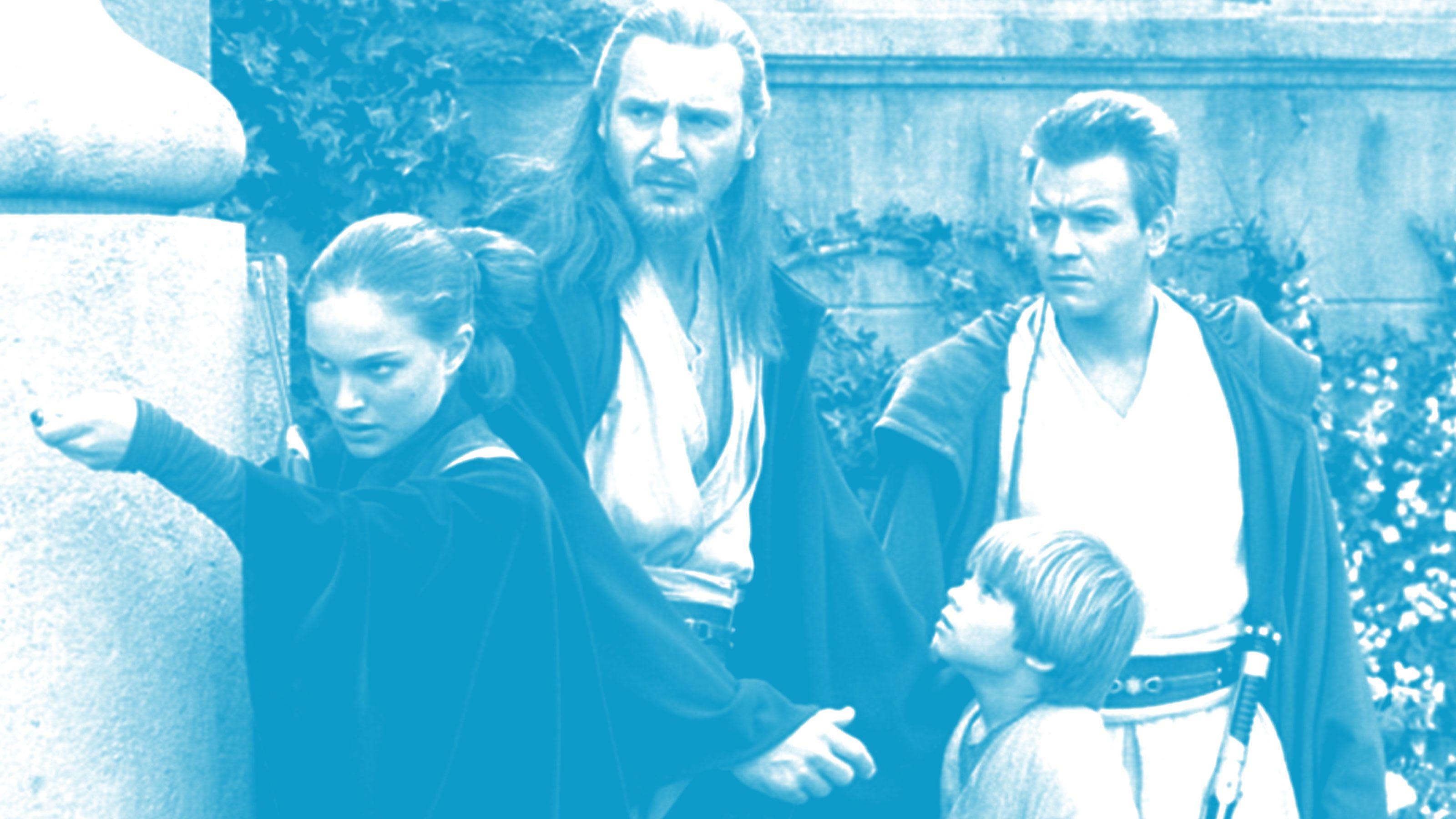
21. Star Wars: Episode I—The Phantom Menace
Justin Charity: The Phantom Menace begins with bug-eyed aliens arguing about tariffs in false Japanese accents and ends with a laser sword ballet starring Ewan McGregor, Ra’s al-Ghul, and Satan. The middle act is the friends we made along the way.
How did this movie influence films to come? Actually, all major motion pictures after The Phantom Menace are similarly over-indulgent ruminations about their own lore, to be serialized indefinitely.
What is the best line or moment from this film? “I will not defer. I’ve come before you to resolve this attack on our sovereignty now. I was not elected to watch my people suffer and die while you discuss this invasion in a committee!” If only briefly, Natalie Portman as Queen Amidala really sells the bureaucratic intrigue at the heart of this movie’s plot.
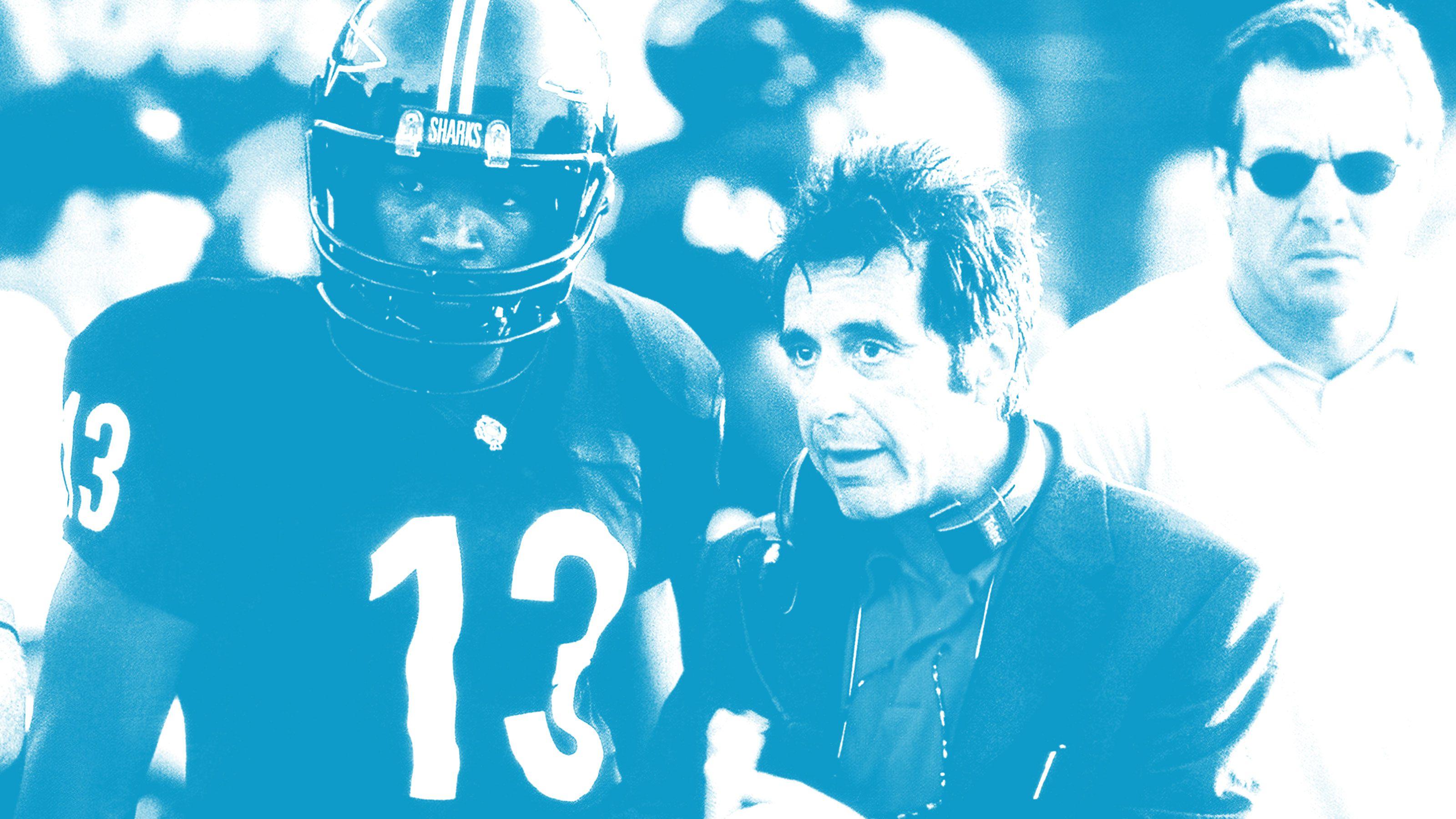
20. Any Given Sunday
Michael Baumann: Oliver Stone’s hyperkinetic, ultraviolent football epic distills America’s most popular sport to its essence, adds caffeine, taurine, and guarana, and feeds it to you intravenously for a skull-rattling two hours and 42 minutes. Jamie Foxx gives a great performance. LL Cool J, Al Pacino, and James Woods give big performances.
How did this movie change popular culture? Two things stand out 20 years later: First, Foxx’s Willie Beamen was technically a contemporary of Donovan McNabb, Steve McNair, and Michael Vick (who was a freshman at Virginia Tech in 1999), but I’ll go to my grave believing that Beamen did more to normalize the black quarterback who made plays with his legs than any real-life player. The second is Pacino’s now-legendary speech before the game against Dallas near the end of the movie. With the somber, dolorous post-rock in the background and lingering reaction shots of the team, this speech is nothing if not a direct predecessor (and evil mirror-image version) of the speeches Billy Bob Thornton and later Kyle Chandler made famous in the Friday Night Lights film and TV series. Peter Berg is a calmer, more PG-13 filmmaker than Stone, but the idea is the same.
What is the best line and/or moment from this movie? Explain. Serious answer: Pacino’s speech. Real answer: the eyeball scene. I’m not sure how this happens—the players of Any Given Sunday wear face masks, which makes it tough to gouge an eyeball out in the first place, but it’s also so unnecessary. A member of the Dallas Knights, a club whose logo is the Illuminati pyramid, loses an eyeball, and we get loving closeups not just of the severed eye on the turf, but of the player’s vacant orbital cavity in all its bloody glory, interspersed with flash cuts of the Knights’ Illuminati logo. We never learn this player’s name, nor do we hear from him again. It’s just such a specific and unique choice to stick in a totally unnecessary and super-gory 30-second bit about some dude losing an eye on the football field.
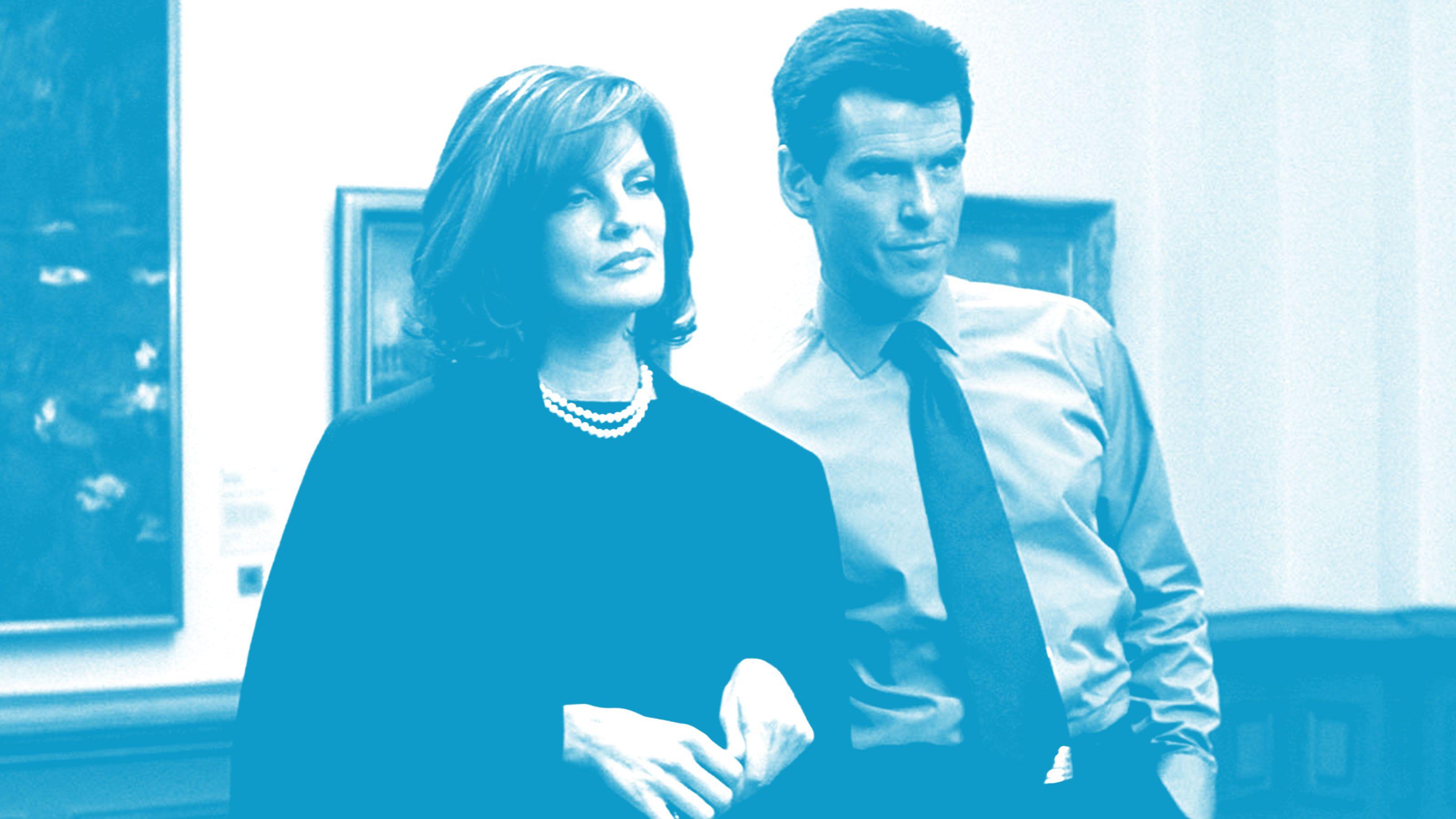
19. The Thomas Crown Affair
Amanda Dobbins: It’s a heist movie, but really it’s a movie about sex. And impressionist art. And rich people taking vacations. And Pierce Brosnan figuring out his Bond vibe in the wrong movie. The ’90s, a more innocent but still self-indulgent time!
What is the best line or moment from this movie? The two museum heists—the first, which uses a literal Trojan horse and some thermal technology borrowed from John McTiernan’s Predator, and the last, set to Nina Simone’s “Sinnerman” and making a great joke of a Magritte painting—are surprisingly electric for a film that dispenses with any crime-related stakes in the first 20 minutes. But we’re here for the good living and the sexual chemistry, so: how ’bout that beach house?
Who stole this movie? Rene Russo’s “international art insurer” wardrobe. It’s Michael Kors for Celine, and it’s iconic.
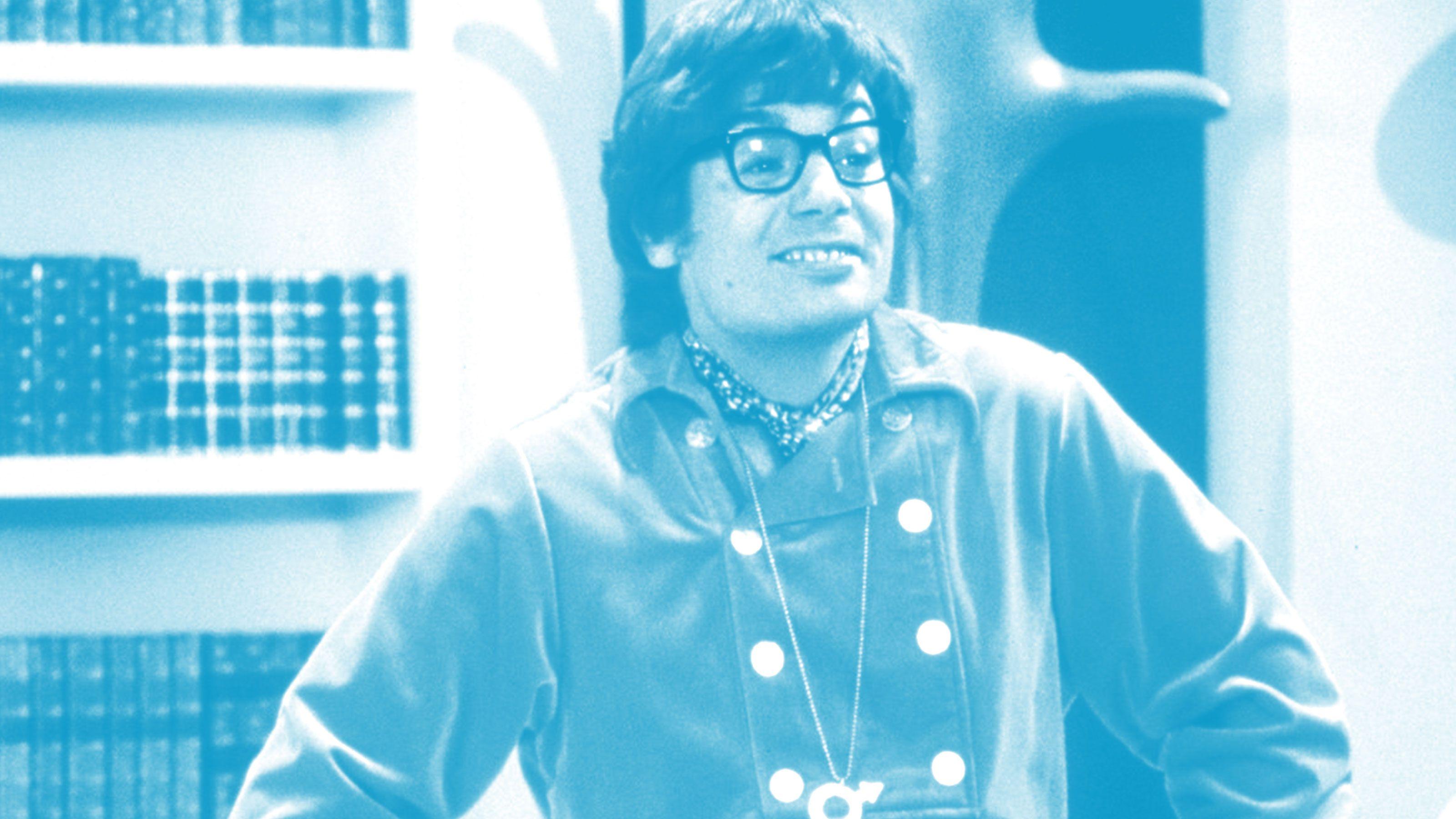
18. Austin Powers: The Spy Who Shagged Me
Alyssa Bereznak: The second installment of Mike Myers’s James Bond parody is essentially the predecessor to Logan Paul: It has both the attention span and sexual imagination of a 13-year-old boy, and is littered with product placements and dick jokes. And yet, against all odds, Myers’s wacky step-and-repeat characters remain enduringly entertaining.
What’s the one thing about this movie that’s aged the worst? In the context of the past few years, Austin Powers is essentially a walking, talking, hip-thrusting #MeToo lawsuit. The opening sequence in which he parades through a hotel lobby naked is literally just one long sex crime.
How did this movie change popular culture? As the highest-grossing installment of three movies (after adjusting for inflation), The Spy Who Shagged Me confirmed that a movie can forgo a sensible plot and quality acting for a few earworm catchphrases, potty humor, and plenty of chaotic sexual energy.
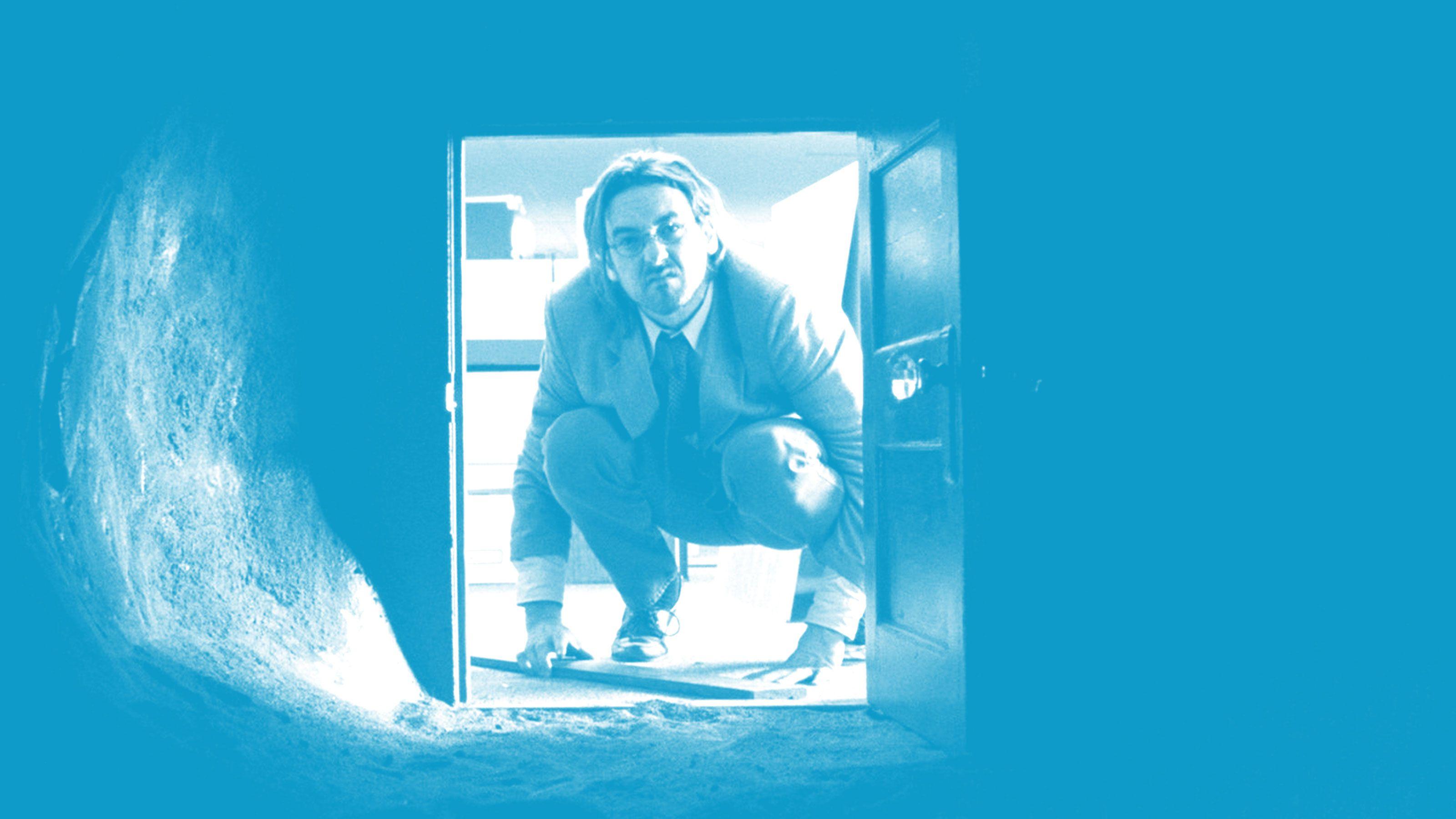
17. Being John Malkovich
Lindsay Zoladz: Still so much sharper than all the quirky-for-quirky’s-sake imitators it spawned, Spike Jonze and Charlie Kaufman’s hallucinatory meditation on human embodiment, celebrity, and, uh, John Malkovich remains the ultimate marriage of ’90s music-video aesthetics and absurdist narrative storytelling.
What is the best line or moment from this movie? “Malkovich Malkovich Malkovich, Malkovich. Malkovich Malkovich. Malkovich? Malkovich! Malkovich.”
How did this movie influence films to come? In 2017, filmmaker Jordan Peele commented on a convincingly extensive internet theory that “Get Out and Being John Malkovich occur in the same universe, 20 years apart.” Said Peele, “It was definitely not lost on me that I was able to get Catherine Keener in her second weird-perspective, living-in-someone-else’s-brain movie. We joked about that and I’m a huge fan of the movie Being John Malkovich. I also sat down with Spike Jonze a couple months ago, told him this theory myself and he chuckled. So as far as I’m concerned, it’s true.”
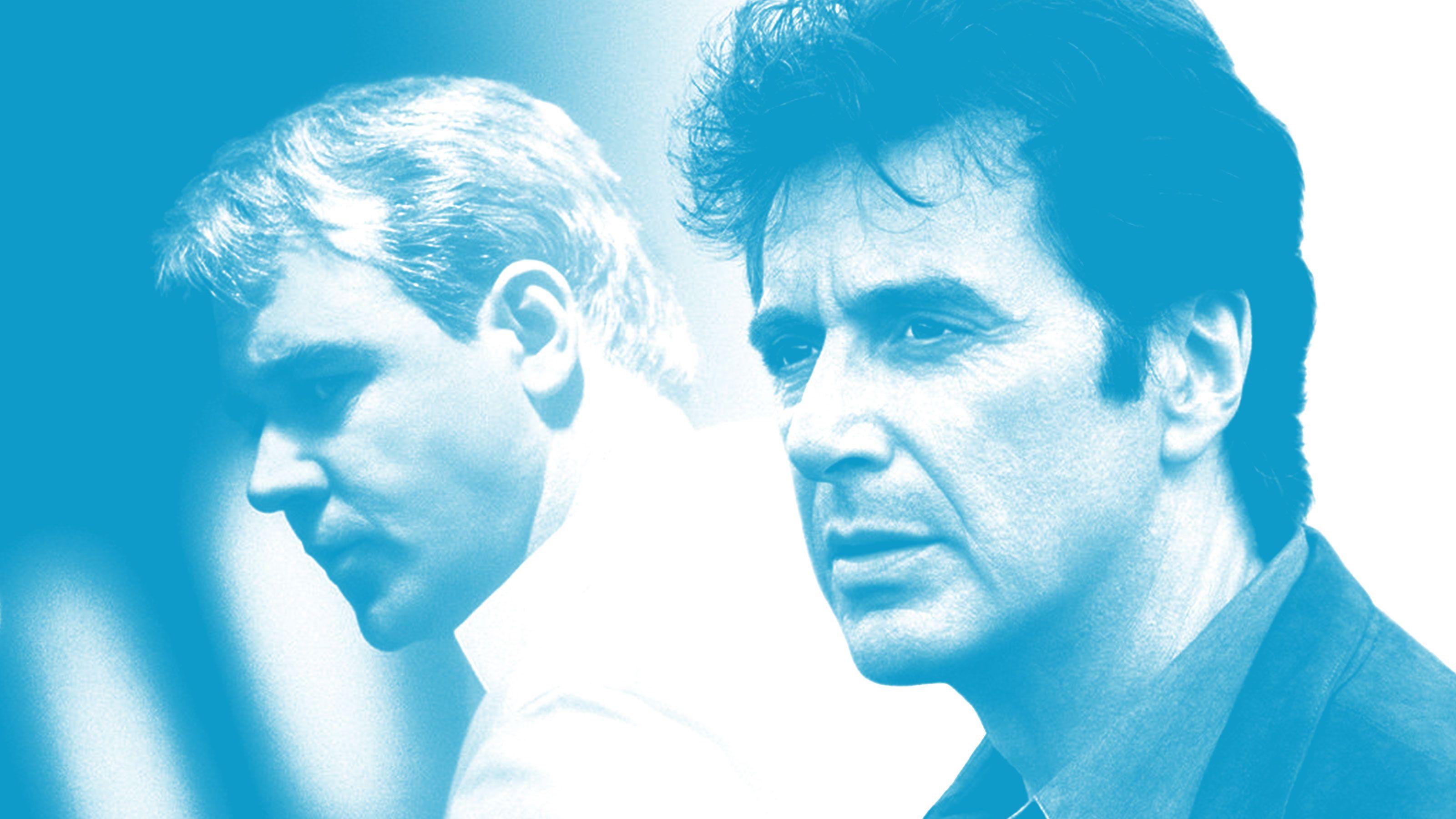
16. The Insider
Adam Nayman: After a decade of genre exercises, Michael Mann torqued the real-life story of tobacco industry whistleblower Jeffrey Wigand into one of his typical studies of male heroism and beachfront property. Not that that’s a bad thing. Superbly shot and edited and boasting impeccable recreations of the 60 Minutes broadcast in which Wigand went public, The Insider matches Heat’s intensity while raising the stakes. Twenty years later, its portrait of journalistic principles bumping up against corporate interests feels grimly prescient.
Who stole this movie? With apologies to Russell Crowe and Al Pacino, The Insider’s MVP is Christopher Plummer, whose extended impersonation of Mike Wallace is less a performance than an act of sorcery. The lean, elegant Plummer looks nothing like Wallace, but he inhabits the veteran newsman’s egotism, intellect, and on-camera finesse with uncanny precision. In 2012, producer Lowell Bergman told an interviewer at The Wrap that Mann originally wanted Wallace to play himself, and also that Wallace hated the movie’s depiction of his role in keeping parts of Wigand’s 60 Minutes interview censored. It’s unknown what he thought of the performance, but as Bergman joked in the same interview: “If I were played by Christopher Plummer, I wouldn’t complain.”
What is the best line or moment in this movie? Mann’s fixation on realism led him to shoot a pivotal sequence in which Crowe is deposed in Pascagoula, Mississippi, in the same courtroom where the real Wigand offered his testimony. The attempt at authenticity is appreciated, but what puts the scene over the top is the performance of character actor extraordinaire Bruce McGill as attorney Ron Motley, who grows so tired of the opposition’s strategic muzzling of a witness that he loses his shit. In the process, he joins the pantheon of all-time courtroom movie hulk-ups. “Wipe that smirk off your face,” he bellows at his smug rival, whose smile disappears a nanosecond later. “I’m going to take my client’s testimony whether you like it or not.” For one blistering minute, McGill owns the screen.
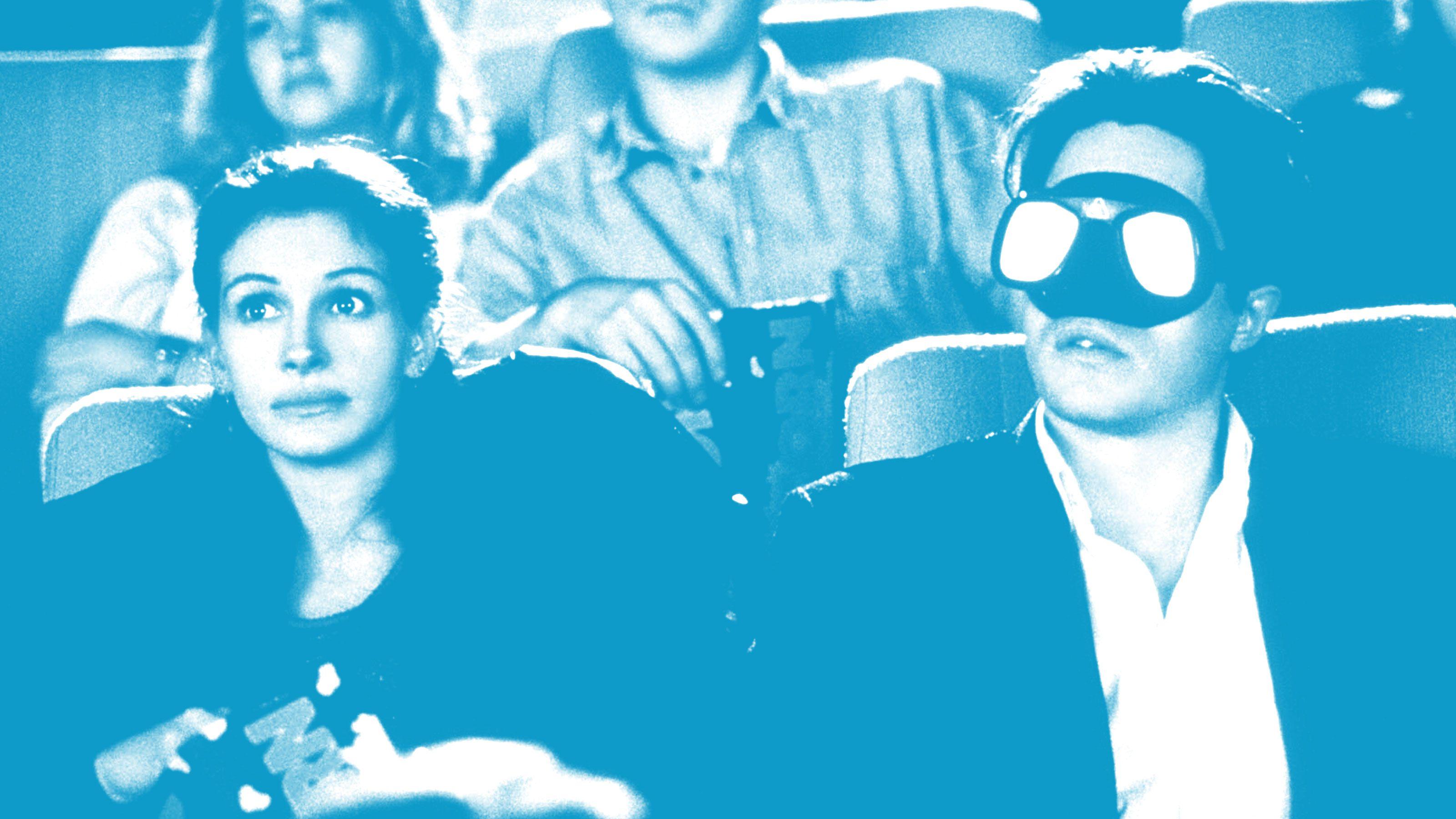
15. Notting Hill
Juliet Litman: Richard Curtis and Hugh Grant teamed up for the second time in five years (following 1994’s Four Weddings and a Funeral) and added Julia Roberts to the mix. The result was a timely (particularly for the two stars) commentary on celebrity, a distinctly British romantic comedy, and a famous blue door.
What is the best behind-the-scenes anecdote about this movie? According to a 1999 Vanity Fair profile of Julia Roberts, Hugh Grant was so nervous on set that his voice sounded unusually high. He walked around the production complaining about how Roberts’s was lower as a result. It’s an odd anecdote (from an odd and sensational decade for Grant) that speaks to Roberts’s fame and power. In the same article and at the time of the movie’s release, she and screenwriter Richard Curtis denied that Anna Scott was based on Roberts’s career, but it’s impossible to watch the movie and not feel the weight of her celebrity.
What is the best line and/or moment from this movie? Notting Hill did not invent the declaration-of-love speech. In 1999, it was already a familiar trope of most romantic comedies, in which one member of the couple gives an emotional and earnest speech in which he or she begs the other to get back together. Often, the speech leads to immediate resolution and gratification—and sometimes tears from the audience.
In the last act of the movie, Anna Scott famously pleads with Will Thacker, explaining “I’m just a girl, standing in front of a boy, asking him to love her.” It’s simple and clear. It’s a sentiment that applies to too many love stories to count. It captures why Notting Hill is a great movie. It’s the perfect declaration in a movie that grapples with the artifice of fame and the authenticity of relationships. The three-clause sentence ties together the entire film, and yet it’s not enough for Hugh Grant’s character in that moment. The inevitable reunion occurs about 10 minutes later, when Will realizes he’s an idiot for not heeding her request.
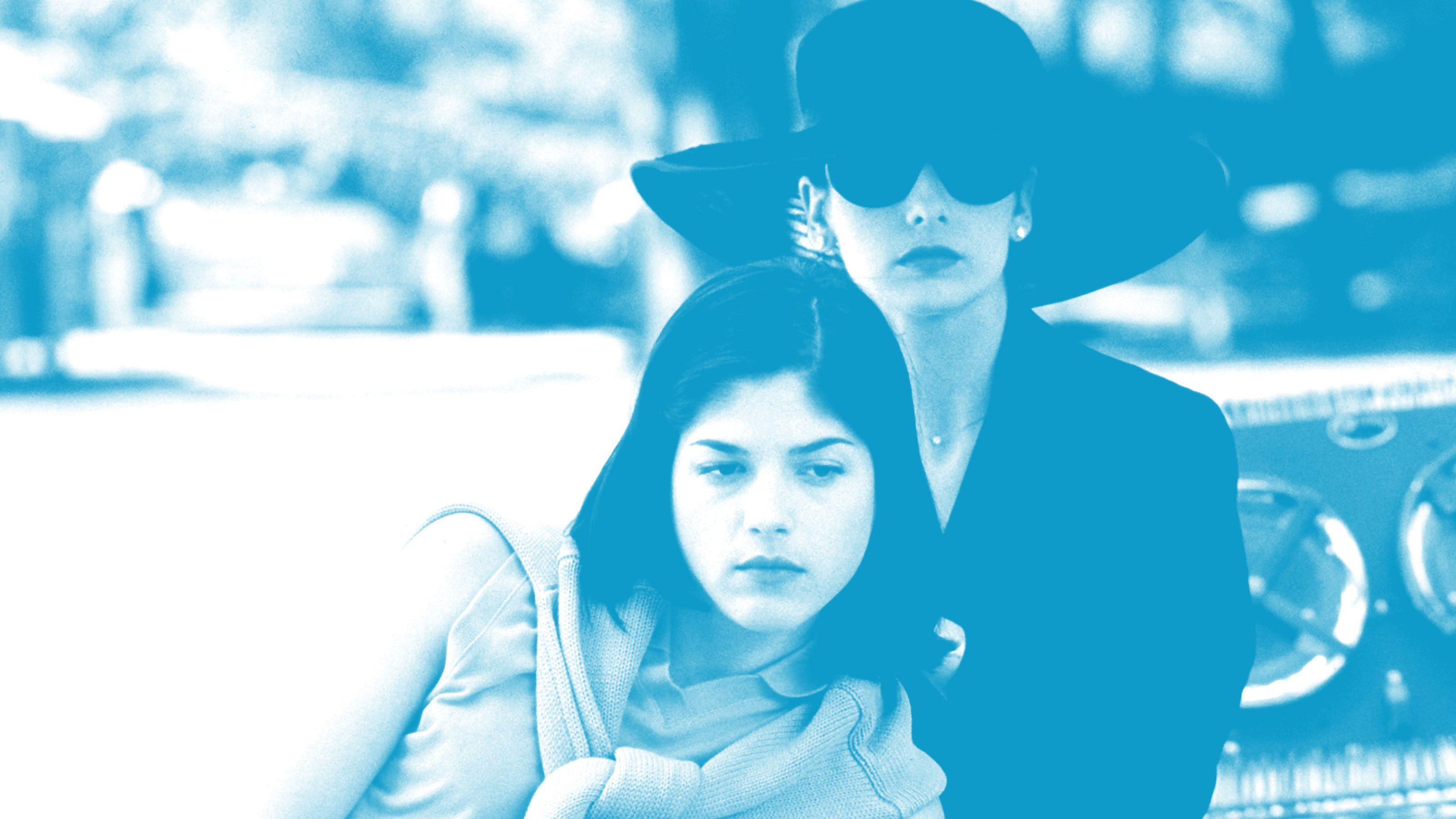
14. Cruel Intentions
Andrew Gruttadaro: Gossip Girl before Gossip Girl—and also if Gossip Girl had aired at 1 a.m. on HBO: Cruel Intentions is a crass, shocking, somehow delightful film that takes the teen movie of the late ’90s and turns the sex, deceit, and offensiveness to 11. It’s incredible as a viewing experience, but also as an artifact of a time of complete unabashedness.
What is the best line or moment from this movie? There are two music moments that are integral to convincing teens everywhere that this movie is a teen movie with a soul and not a grotesque rauchfest: The “Colorblind” scene, which begins with Sebastian (Ryan Phillippe) somehow knowing which Penn Station escalator Annette (Reese Witherspoon) will be ascending and ends with a beautifully melodramatic romp in the sheets; and, of course, the movie’s closing scene, as Annette drives away from New York City to the tune of “Bitter Sweet Symphony,” one of the best, most Nineties film moments of the decade.
What is the best behind-the-scenes anecdote about this movie? The now-iconic, now-oft-parodied kiss in Central Park between Sarah Michelle Gellar and Selma Blair wasn’t that slobbery on purpose. “Someone said, ‘You need to go again—there was spit between their lips,’” Cruel Intentions writer and director Roger Kumble told The Ringer. “And [our cinematographer] Theo [van de Sande] goes, ‘No, it’s beautiful.’ And I’m like, ‘Yeah, it’s beautiful. Fuck that.’”
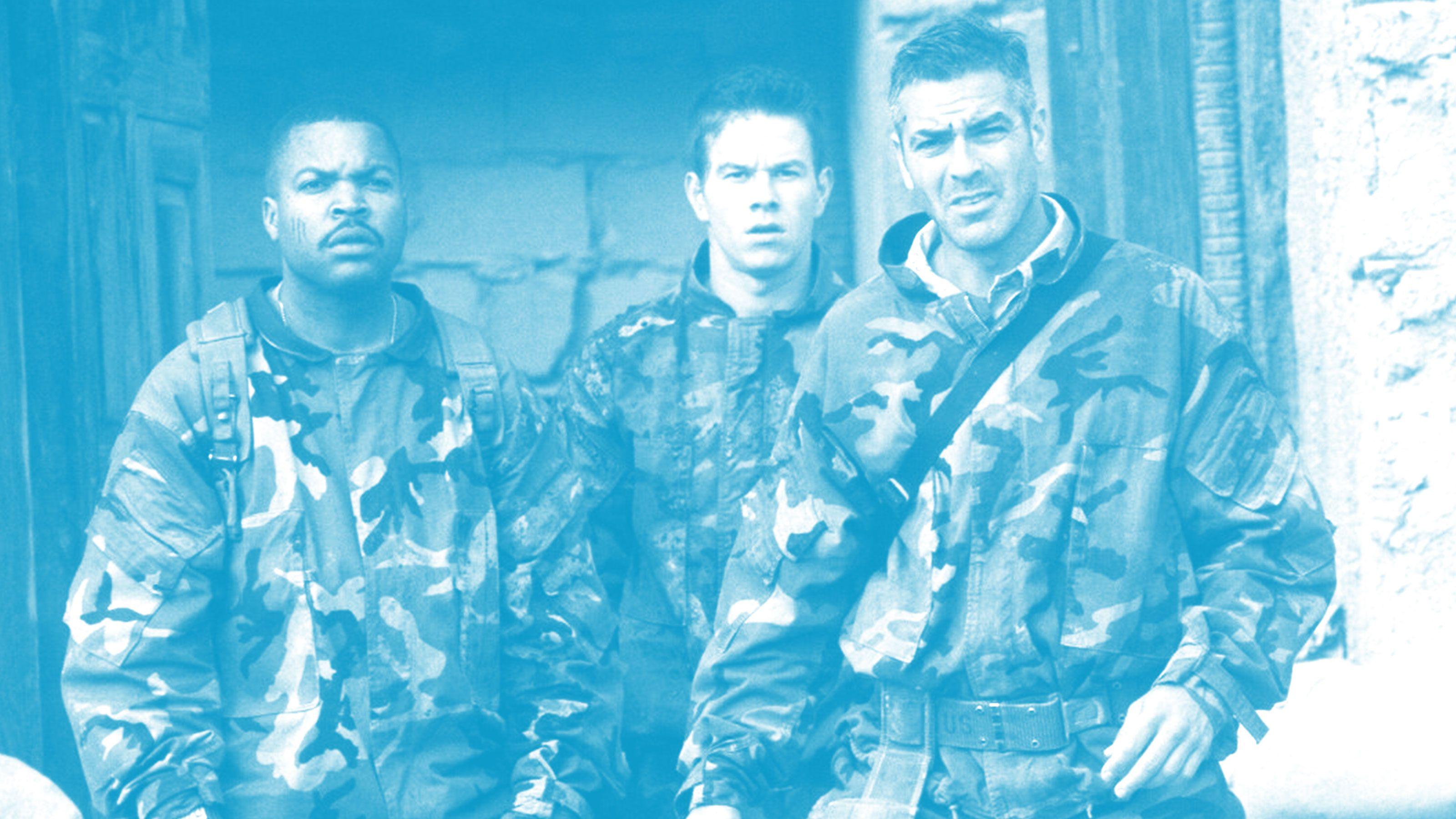
13. Three Kings
Harvilla: It’s March 1991, Operation Desert Storm is officially over, and George Clooney, Mark Wahlberg, Ice Cube, and bonus king Spike Jonze are charismatic U.S. soldiers with an ill-advised plan to steal millions in Kuwaiti gold from an Iraqi bunker. Action-comedy high jinks ensue, along with some only slightly overcooked geopolitical moralizing.
What is the best line or moment from this movie? The mid-film interrogation faceoff between Wahlberg and a bereaved and furious Iraqi soldier played by Saïd Taghmaoui has a bracing stillness and heaviness to it, which nicely balances out all the flashiness. (Wahlberg is also forced to drink motor oil.) It’s either that or the scene where Ice Cube blows up a helicopter by hitting it with a Nerf football rigged with C-4.
What is the best behind-the-scenes anecdote about this movie? Most of the movie’s flashiness is provided by hotshot director David O. Russell, taking a huge leap in budget, visibility, and tone from his 1996 breakout Flirting With Disaster, and unleashing his full bag of fancy camera tricks, including an infamous internal-organ shot to show us what a bullet does to a human body. (He also blows up a cow.) But Russell also got into “three good-sized fights” with Clooney on set, including a wrestling match while filming the movie’s convoluted grand finale. This is according to Clooney, who gave Entertainment Weekly his final verdict: “Will I work with David ever again? Absolutely not. Never. Do I think he’s tremendously talented and do I think he should be nominated for Oscars? Yeah.” Russell would have to wait a few years for those nominations, though many other, even harsher assessments of his on-set behavior came with them.
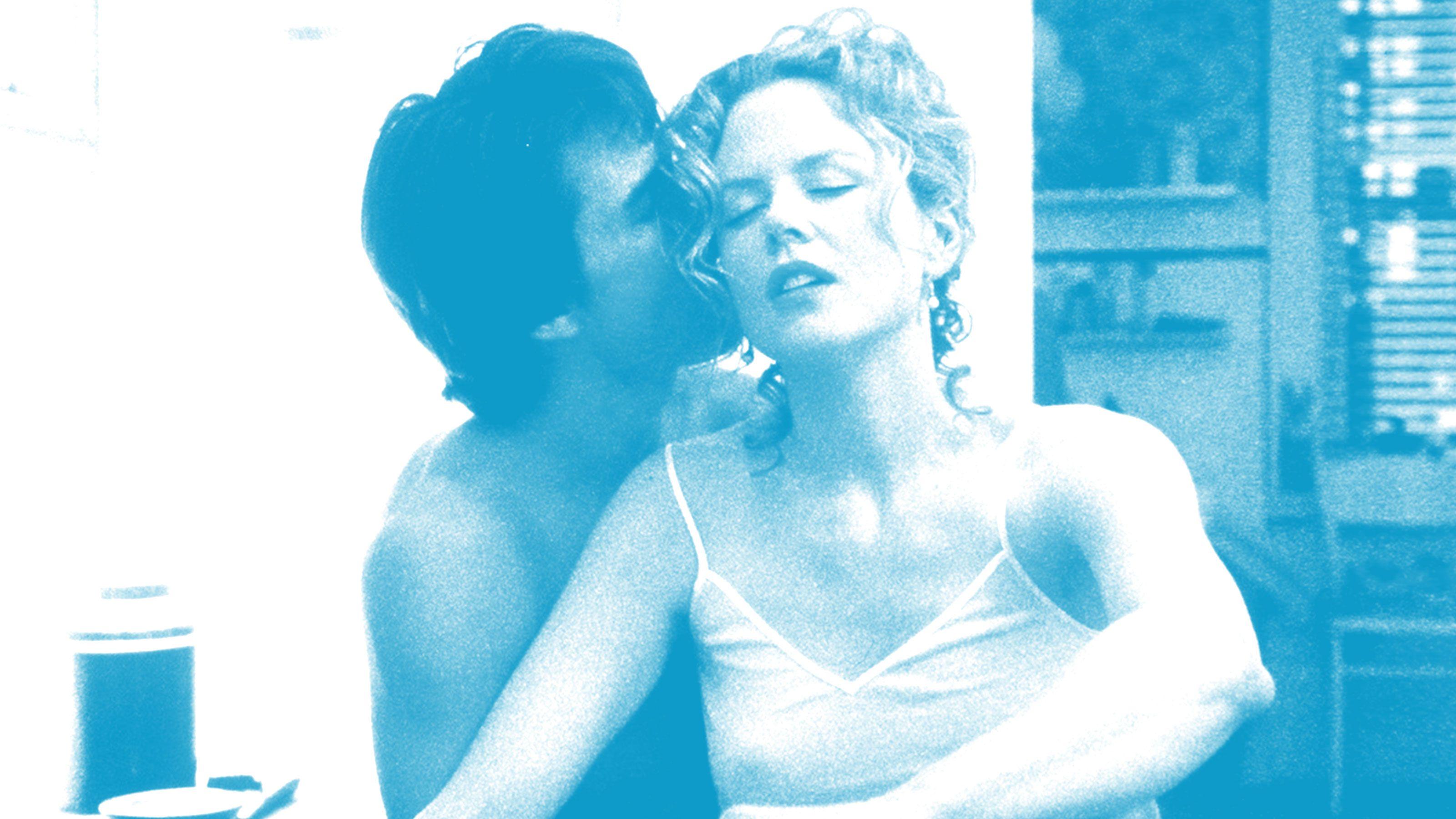
12. Eyes Wide Shut
Fennessey: Kubrick’s last movie is a furtive little bastard, as much about the deeper meanings of our dreams and desires as it is about the utter horseshittery of Freudian despair. By all accounts Kubrick was happily married, but he used the public and complex real-life relationship of his stars, Tom Cruise and Nicole Kidman, to examine how tightly drawn the knots of wedded bliss are. This is a deeply perverse and shaded movie about sex clubs, jealousy, and New York at Christmastime. It features Cruise’s most guileless and self-referential performance as a desired man who doesn’t always understand his own charms, and Kidman at her most ferocious and unsparing. Within 18 months of the film’s release, Kidman and Cruise had split. But Eyes Wide Shut reveals new truths with each viewing. Fidelio.
How did this movie change popular culture? Kubrick’s chin-scratching final film marked the last time Cruise fully turned himself over to an auteur. He took on a smaller role in Magnolia and went on to make movies with Steven Spielberg and Cameron Crowe, but since Eyes Wide Shut, he has largely resigned himself to action-driven, big-top blockbusters and comic cameos. In an alternate universe, the challenging and unnerving elements of Kubrick’s movie might have unlocked a new phase of the actor’s career. Instead, he retreated to something satisfying but ultimately familiar.
What is the best line from this movie? “Fidelio.” That, of course, is the password that grants Cruise’s character entry to the sexual underworld of New York’s power elite. Fidelio is also the name of a Beethoven opera in which a disguised woman attempts to free her imprisoned husband. This password was not chosen casually. It haunts to this day.
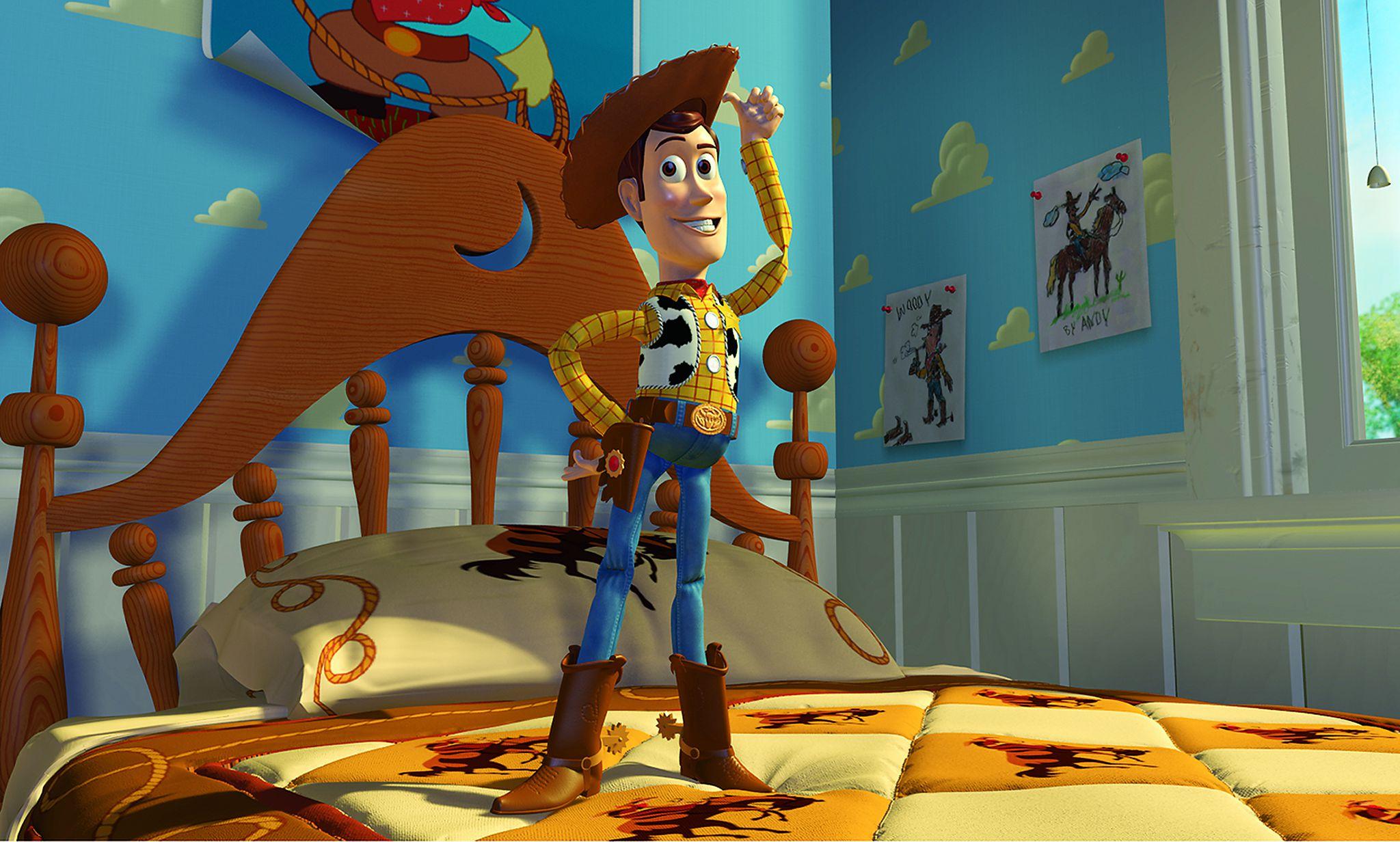
11. Toy Story 2
Surrey: Basically The Godfather: Part II of animated features, Toy Story 2 is a sequel that transcends its predecessor and plants the idea that carries the rest of Pixar’s greatest franchise: What happens to these sentient little toys when kids grow up?
What is the best line or moment from this movie?
The original Sarah McLachlan song that will make you cry, “When She Loved Me” does what Pixar does best. In under four minutes, we learn what happened to cowgirl Jessie (Joan Cusack) when her kid owner grew up—she was forgotten and eventually given away. Pixar is often—deservedly—praised for being able to evoke intense pathos in short, straightforward bits of storytelling. But Jessie’s song/origin story was the first time the studio really tried this kind of emotional moment—and boy does it land.
What is the best behind-the-scenes anecdote about this movie? Toy Story 2 is one of those rare, universally acclaimed sequels—it holds a 100 percent rating on Rotten Tomatoes. Yet the original plan for the sequel was for it to be an hourlong, straight-to-DVD release—suggesting it would’ve been wholly forgettable. Though the change in plan meant Toy Story 2’s story line required a massive reworking to make it into a full-scale theatrical release, it still arrived on its initial release date. How’s that for a bit of movie magic?
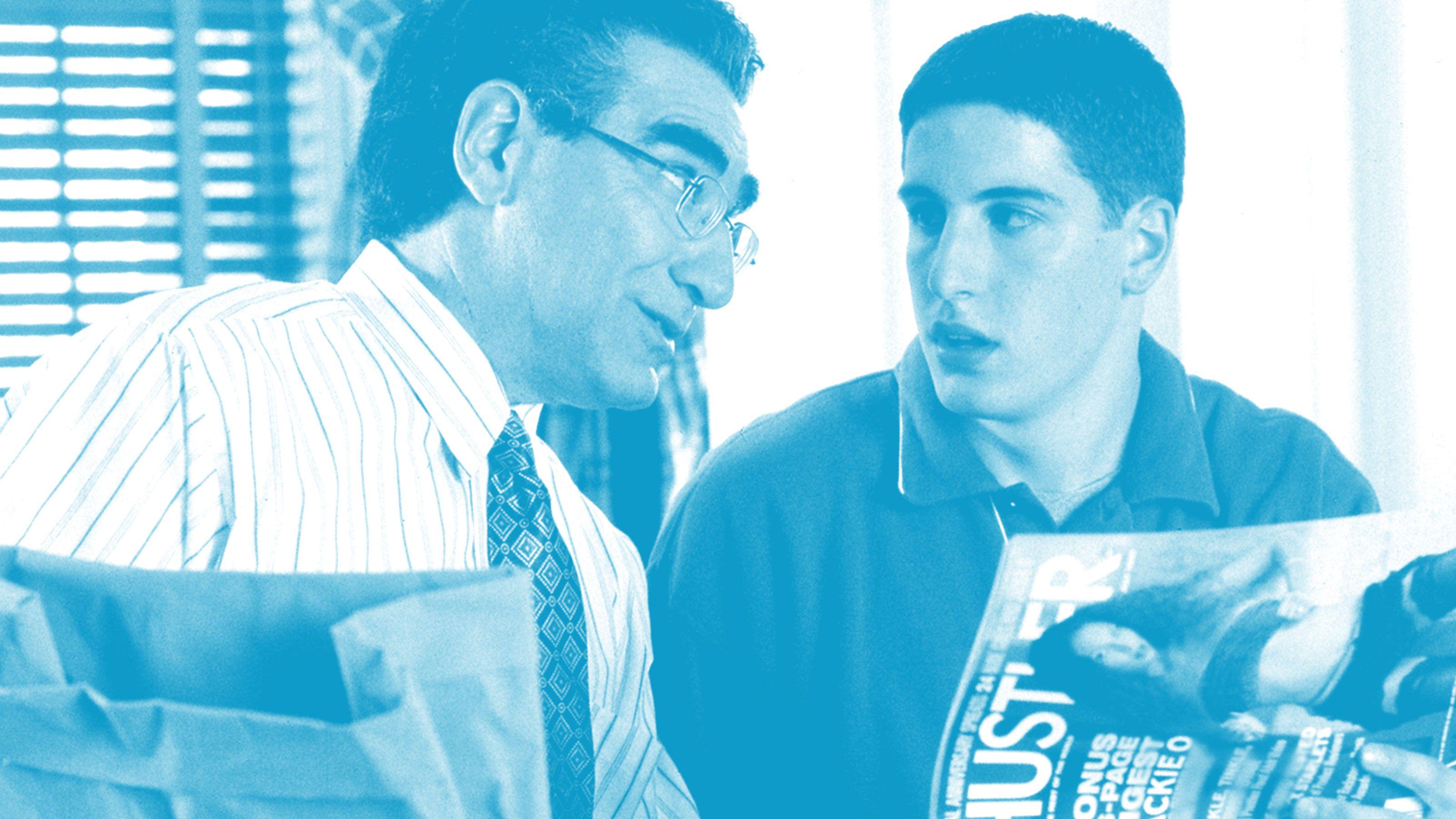
10. American Pie
Gruttadaro: It’s a teen movie tale as old as time: A bunch of dudes try to get laid. What makes American Pie stand out is its extreme commitment to the bit, its relentlessly sex-positive attitude (which, since it’s the ’90s, is projected through a male lens), and its sneaky ability to be both disgusting and kind of sweet.
What’s the one thing about this movie that’s aged the worst? Let’s just say that the scene where Jim (Jason Biggs) livestreams Nadia (Shannon Elizabeth) changing in his bedroom is a lot less funny now that we’ve progressed (“progressed”) as a society enough to understand what a sex crime is.
Who stole this movie? Seann William Scott, as Stifler. The character is a horrible person, but played with Scott’s then never-before-seen magnetism and all-out wise-assery, Stifler is so hilarious—and reflective of a certain type of dick we all went to high school with—that every scene without him actually feels a little flat. Scott never quite became the star American Pie seemed to portend, but the actor’s genius still flourished in less-seen corners of Hollywood. (Goon is an underrated classic, don’t at me.)
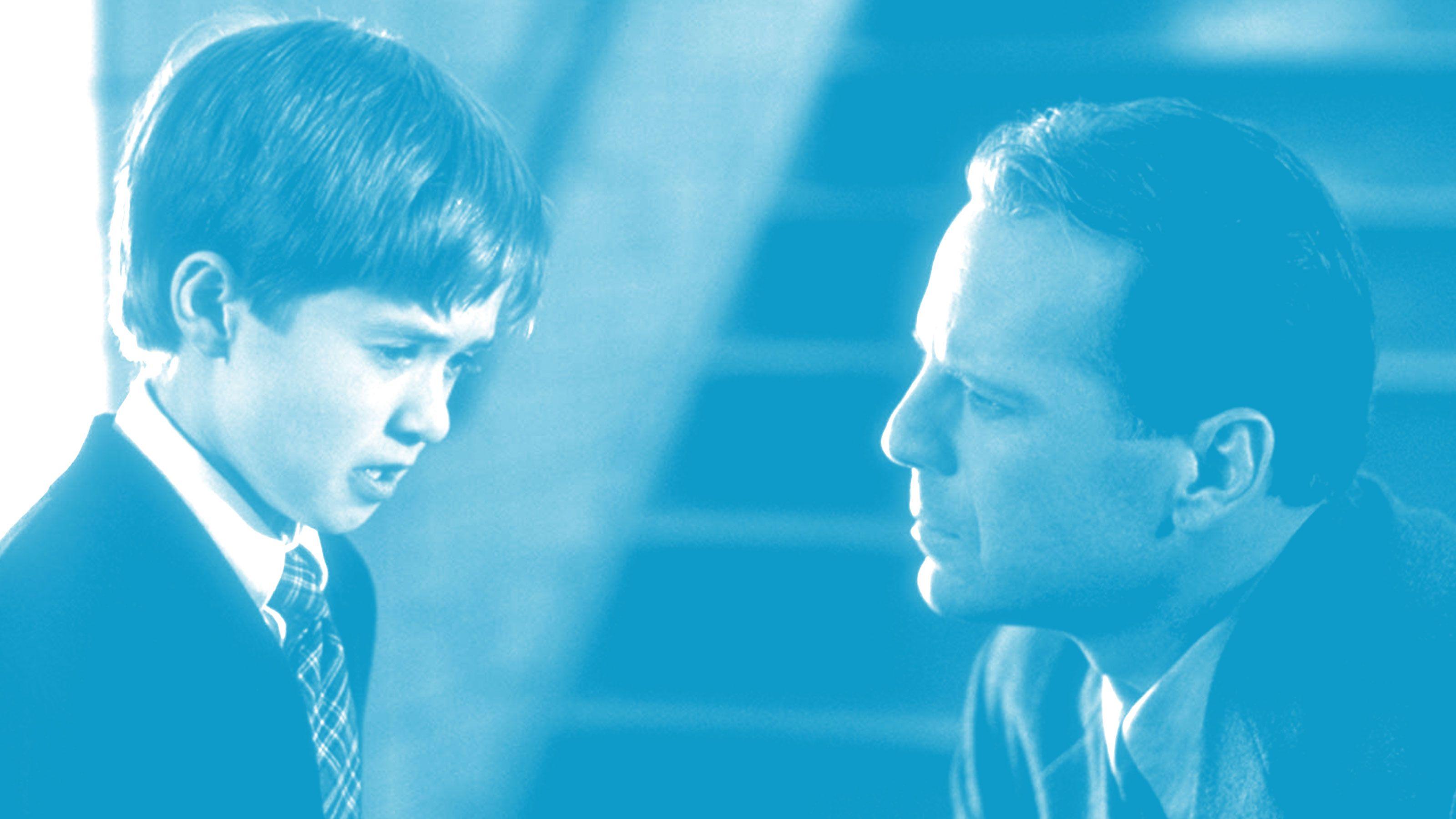
9. The Sixth Sense
Kate Knibbs: M. Night Shyamalan’s first blockbuster is a ghost story with a twist so good it made the director a star. But it’s more than just a killer trick: The Sixth Sense holds up because of Bruce Willis’s mournful performance as Dr. Malcolm Crowe, a child psychologist who doesn’t quite understand himself.
Who stole this movie? The performances are all solid, but dare I say that Mischa Barton as a very spooky child ghost is particularly memorable? Yes, I do dare.
How did this movie change popular culture? The obvious answer is: This movie launched M. Night Shyamalan’s directing career and reinvigorated the prestige-horror genre. But, to return to the whole “Mischa Barton’s performance is really good” thing, without Mischa in this, we might not have gotten Mischa in The O.C. And without Mischa in The O.C., who is to say if The O.C. would become the phenomena it was in its first season? And without The O.C., Laguna Beach would never exist, and so The Hills would never exist, nor would Very Cavalleri. What I’m saying is The Sixth Sense had a surprisingly big impact on the world of reality television.
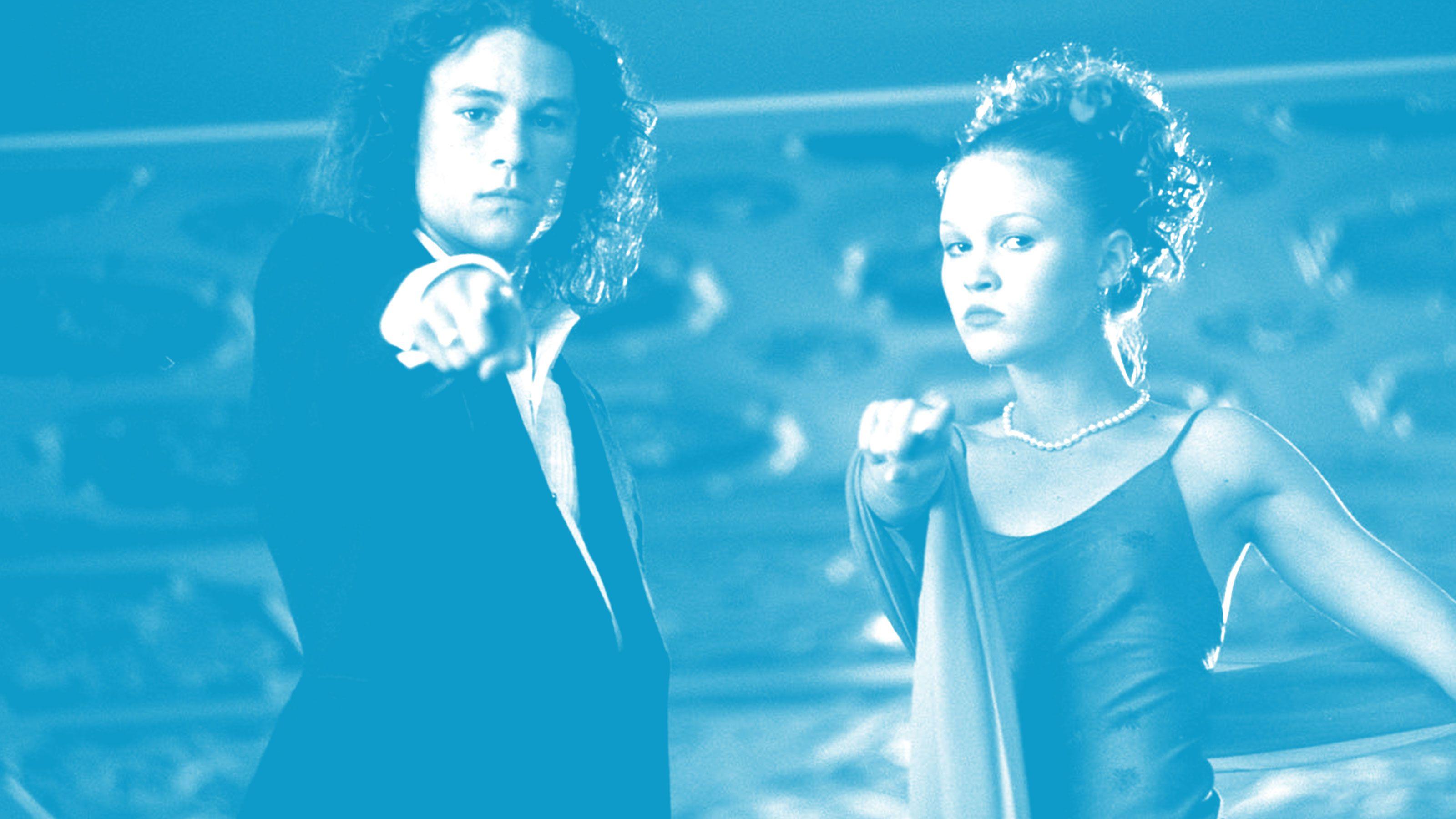
8. 10 Things I Hate About You
Gruttadaro: The apex of the “based on an old British text” teen movie subgenre, 10 Things I Hate About You is what you get when you smash together twisty high school romance (straight from Shakespeare’s The Taming of the Shrew) with a late ’90s, post-riot grrrl soundtrack, a perfect cast of young actors—from Julia Stiles to Heath Ledger to Joseph Gordon-Levitt to the wonderful Andrew Keegan—and the Pacific Northwest. It’s absolutely magical, much like Heath Ledger’s face.
What is the best line or moment from this movie? Three words: Bogey. Lowenstein’s. Party. For it is a classic Teen Movie Party where: Julia Stiles dances on a table to “Hypnotize”; Andrew Keegan mansplains modeling; Gordon-Levitt’s Cameron gets “back in the game”; Ledger’s Patrick Verona and Stiles’s Kat Stratford fall in love, even though he is being paid to date her so that two other guys can attempt to date her sister (their dad has weird rules).
Who stole this movie? With all due respect to Heath Ledger, who leaps off the screen in this movie in a way that predicts the stardom he’d achieve in the following decade, the winner of this award is Andrew Keegan. As Joey Donner, a low-level model with money to burn and a penchant for drawing dicks on people’s faces, Keegan is the most delightfully dickish a teen movie villain has ever been. In a ridiculously memorable film, Keegan showing his modeling faces and screaming, “Shit Bianca! I’m shooting a nose spray ad tomorrow!” are what you remember most.
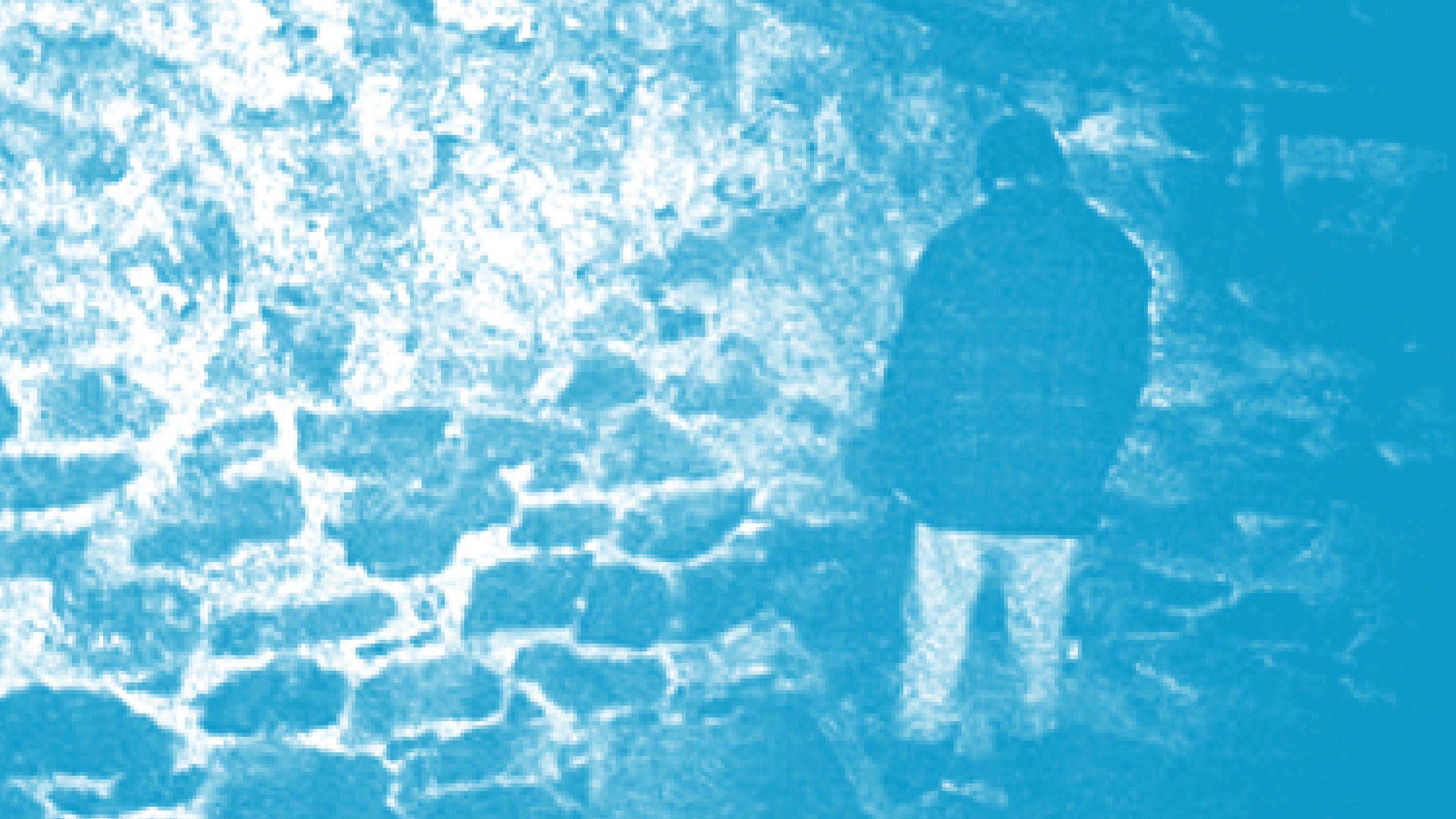
7. The Blair Witch Project
Bereznak: In a world saturated with handheld devices and a near-constant stream of Instagram Stories, The Blair Witch Project might seem wholly unremarkable now. But in 1999, the movie—which follows three student filmmakers to their demise in the middle of the haunted woods—was a revelation in storytelling, cinematography, and marketing. Using shaky Hi8 video to blur the lines between reality and fiction, writers and directors Eduardo Sánchez and Daniel Myrick christened the “found footage” horror genre and, inadvertently, the early framework for viral hoaxes and fake news.
What is the best behind-the-scenes anecdote about this movie? Inspired by producer Gregg Hale’s military training, the directors employed a technique they called “Method filmmaking.” Over a period of seven days, the three actors were left in the woods with a dwindling food supply and vague instructions to film themselves, occasionally receiving written directional notes at various assigned checkpoints. At night, they were purposefully haunted by the filmmakers. “We did keep them isolated, we harassed them at night, we deprived them of sleep, we made them move a lot during the day,” Hale told Rolling Stone in 1999. “Then at the end, we slowly fed them less and less, and they never knew what was happening. They were always off-balance.”
How did this movie change popular culture? Blair Witch went viral before going viral was even really a thing. These days, the hype machine that comes with every modern movie marketing campaign is modeled, in part, off of this movie’s extended universe and superfan online following.
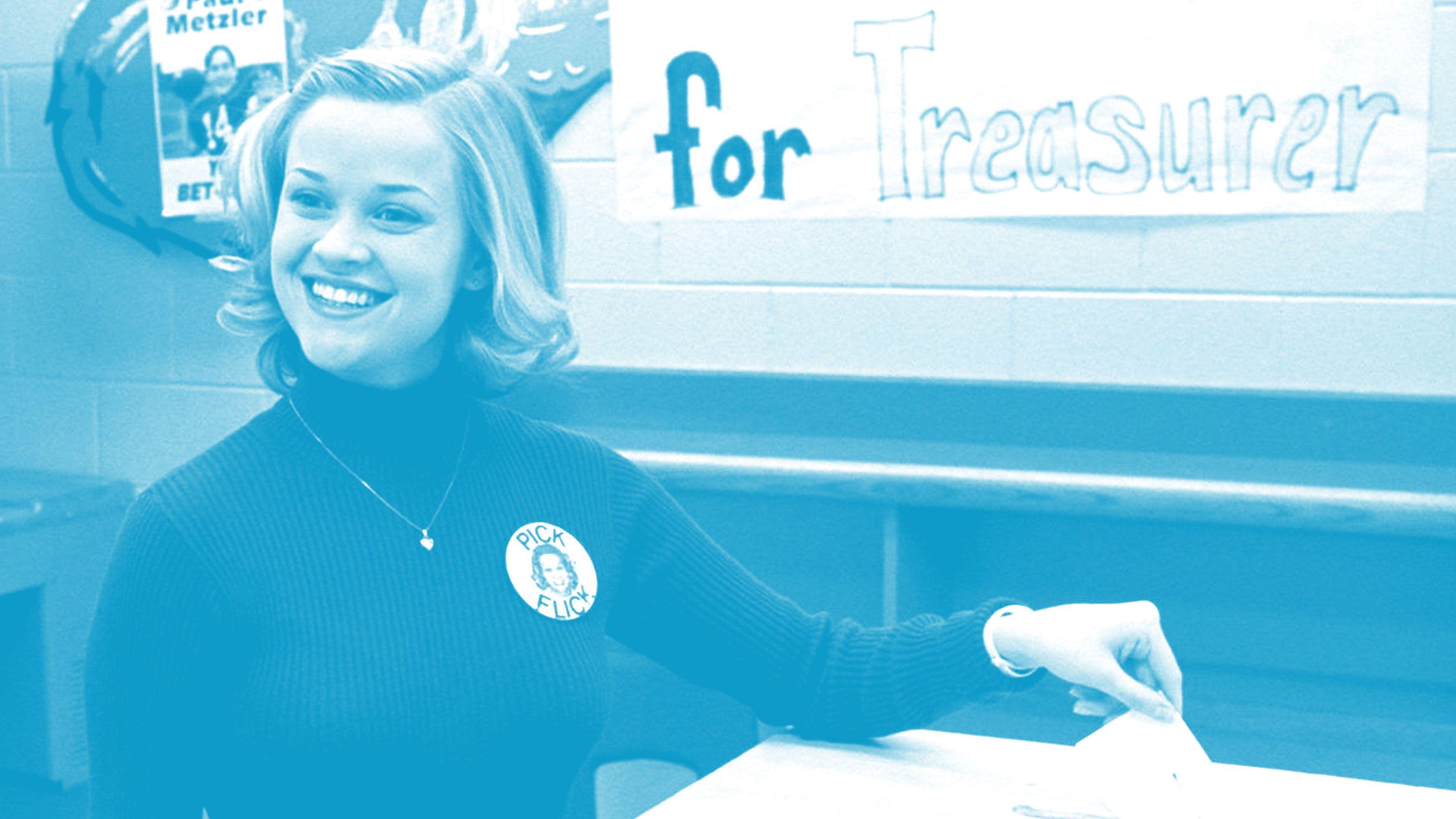
6. Election
Herman: The overachiever’s paradox: The more clearly you want something, the less people want to give it to you. And in the case of Matthew Broderick’s nice guy of a high school teacher, the more you (unsuccessfully) try to take it, by any means necessary.
How did this movie change popular culture? I’m not sure it’s accurate to say this movie changed popular culture so much as it channeled the ugly prejudices and resentments we all carry with us. Either way, “Tracy Flick” now conjures up a complex, conflicted portrait of female ambition in just three syllables. Given our recent experience with another blond, blue-eyed Midwesterner running for office, Election isn’t running out of zeitgeist fuel anytime soon.
What’s the one thing about this movie that’s aged the worst? The movie deploys it well, but Matthew Broderick’s sex dream about a very convincingly teenaged Reese Witherspoon sure is uncomfortable to rewatch!
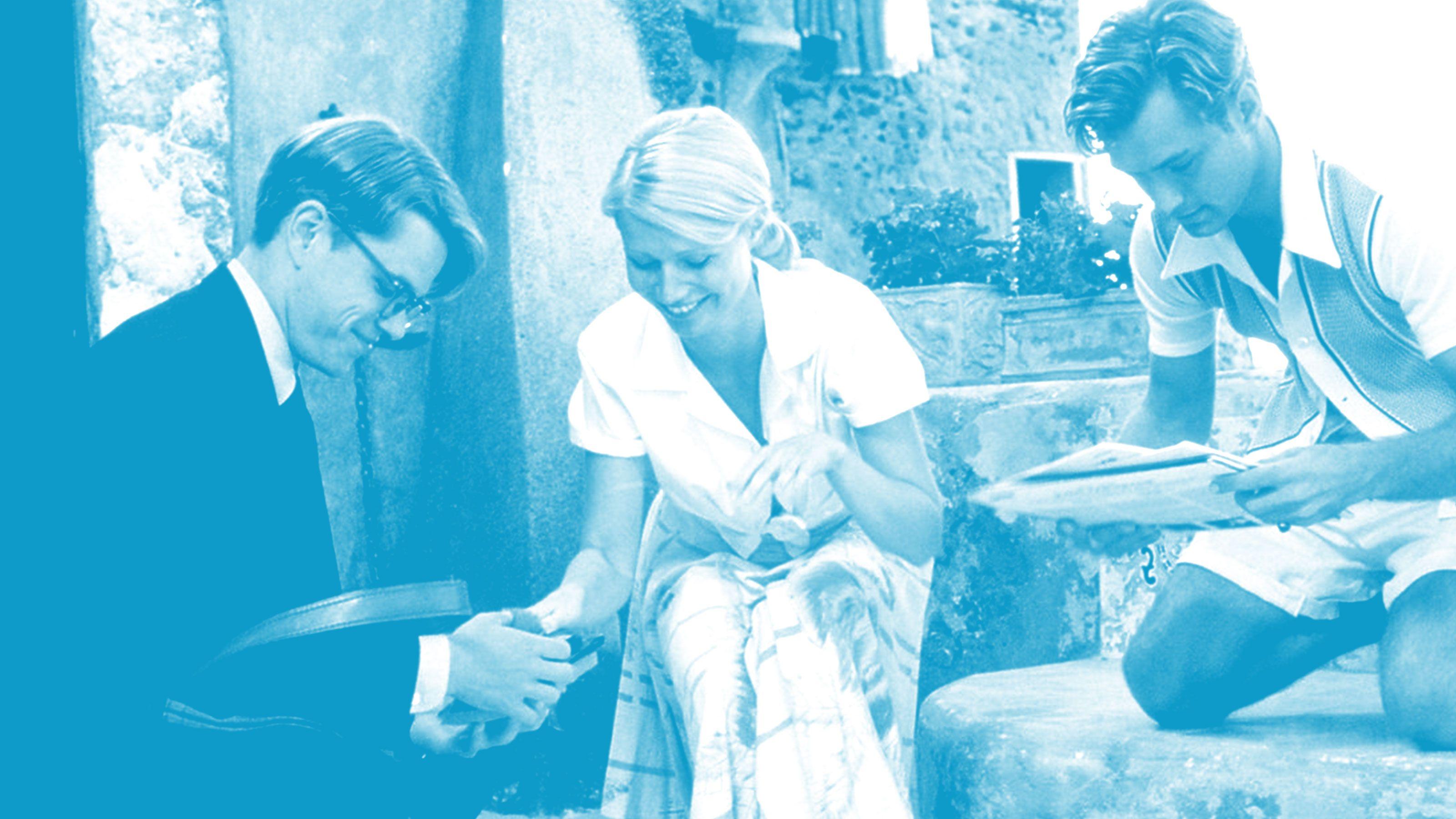
5. The Talented Mr. Ripley
Dobbins: Lush, star-studded movies like The Talented Mr. Ripley teach us to yearn: for Europe, for charisma, for nice furniture and idler times. The Talented Mr. Ripley also teaches us how poisonous that longing can be. It’s a testament to Anthony Minghella’s vision—and Jude Law’s fits—that we’d still rather be under its spell.
What is the best line or moment from this movie? With all due respect to every single magical, sun-kissed frame filmed on the Mediterranean—and also with all respect to Matt Damon singing “My Funny Valentine,” which is the runner-up in this jazz scene sweepstakes — the winner is Damon and Jude Law singing Tu Vo’ Fa’ L’Americano, both for sheer pleasure and for its pocket summary of the film’s major motivations (namely: wanting to be someone else, and also screw someone else). Anthony Minghella convinced two movie stars to sing Italian jazz and made it cinematically relevant; respect a legend.
Who stole this movie? Jude Law has a multi-decade career—and the Marvel money to prove it—because of this film’s first hour. It’s an all-time breakout performance.
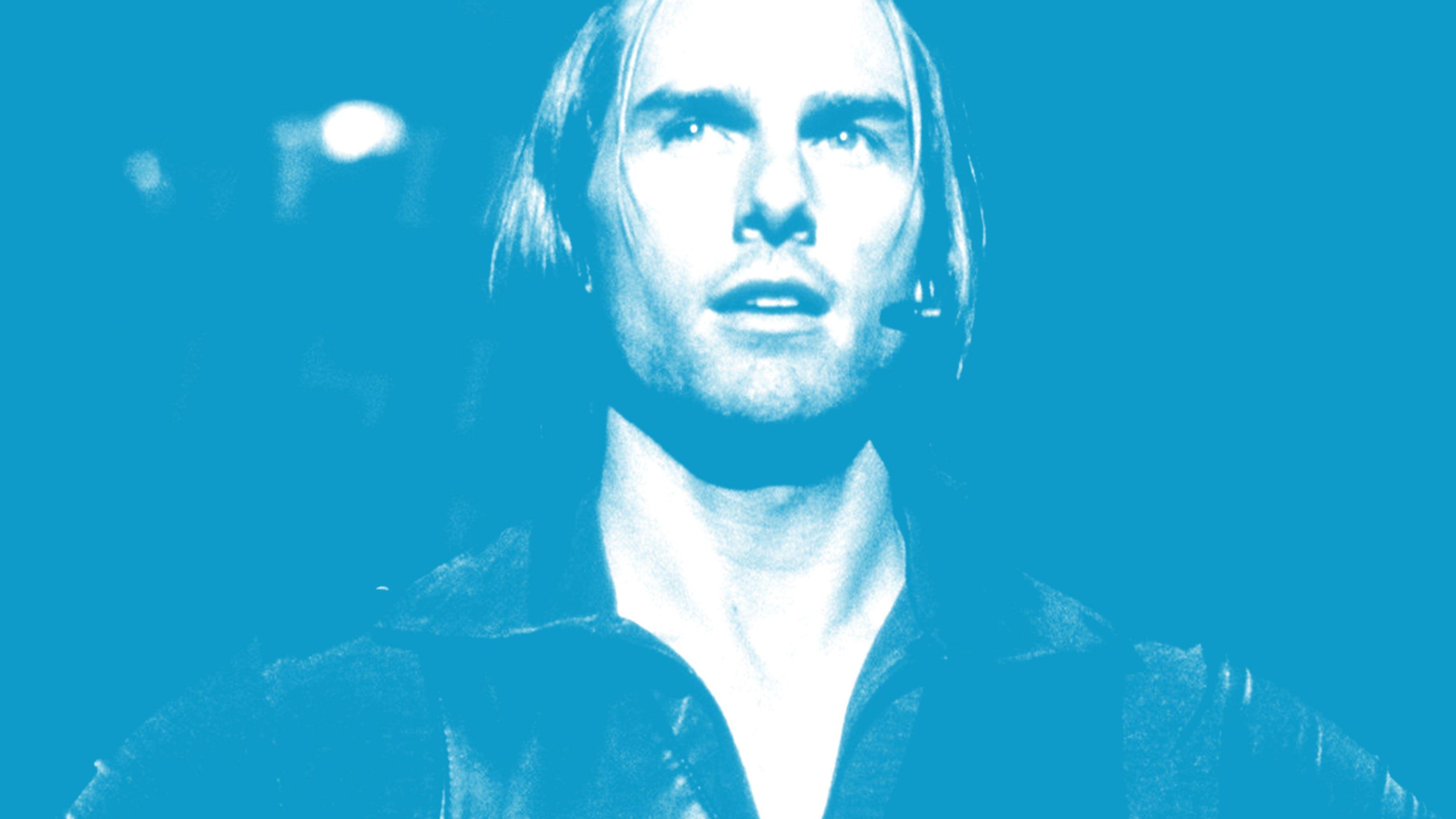
4. Magnolia
Fennessey: Life is not random. But it also isn’t organized. The sprawling, messy, brilliant, exhausting, miraculous Magnolia—Paul Thomas Anderson’s third film—is a mosaic of Los Angeles at the turn of the century. Its characters are vainglorious, shallow, wounded, vulnerable, gifted, and altogether unwell. Their lives intersect, or don’t, and the movie, across 189 minutes of Altmanesque emotional collision, plumbs new depths in the loneliness of life in Southern California. Upon release, it was considered a valiant but unfocused reach after the extraordinary success of Boogie Nights. Two decades on, it stands as one of the last great auteurist half-court shots.
What is the best behind-the-scenes anecdote about this movie? “You’re working out your psychoses on everyone else’s $8.50.... I still love you, but you’re no Boogie Nights.” That’s PTA play-acting as the public’s reaction to Magnolia, with his then-girlfriend Fiona Apple, who is play-mime-ing as the movie Magnolia, in That Moment: The Making of Magnolia, a verite documentary about the making of Magnolia. (The ’90s were a special time.) Anderson’s ambition and self-conscious wit is equal only to his frazzled and hyperkinetic approach on this movie. To see it writ so acutely and metaphorically is a rare glimpse into the mind of an anxious artist.
What is the best line or moment from this movie? “I loved her so. She knew what I did, she knew all the fucking stupid things I’d done. But the love was stronger of anything you can think of. The goddamn regret. THE GODDAMN REGRET! And I’ll die, now I’ll die and I’ll tell you what. The biggest regret of my life, I let my love go.”
It would be easy to pull out the incendiary commentary from Tom Cruise’s Frank T.J. Mackey or the thematic tone-setters spoken by Ricky Jay in the film’s opening trio of vignettes. But Magnolia’s core idea is about what’s left unsaid in a world that violently thrashes around you. Earl Partridge, as played by the late Jason Robards, is in the waning hours of his life, piecing together memories and mistakes. It’s a crushing evocation of finally saying it while it’s too late.
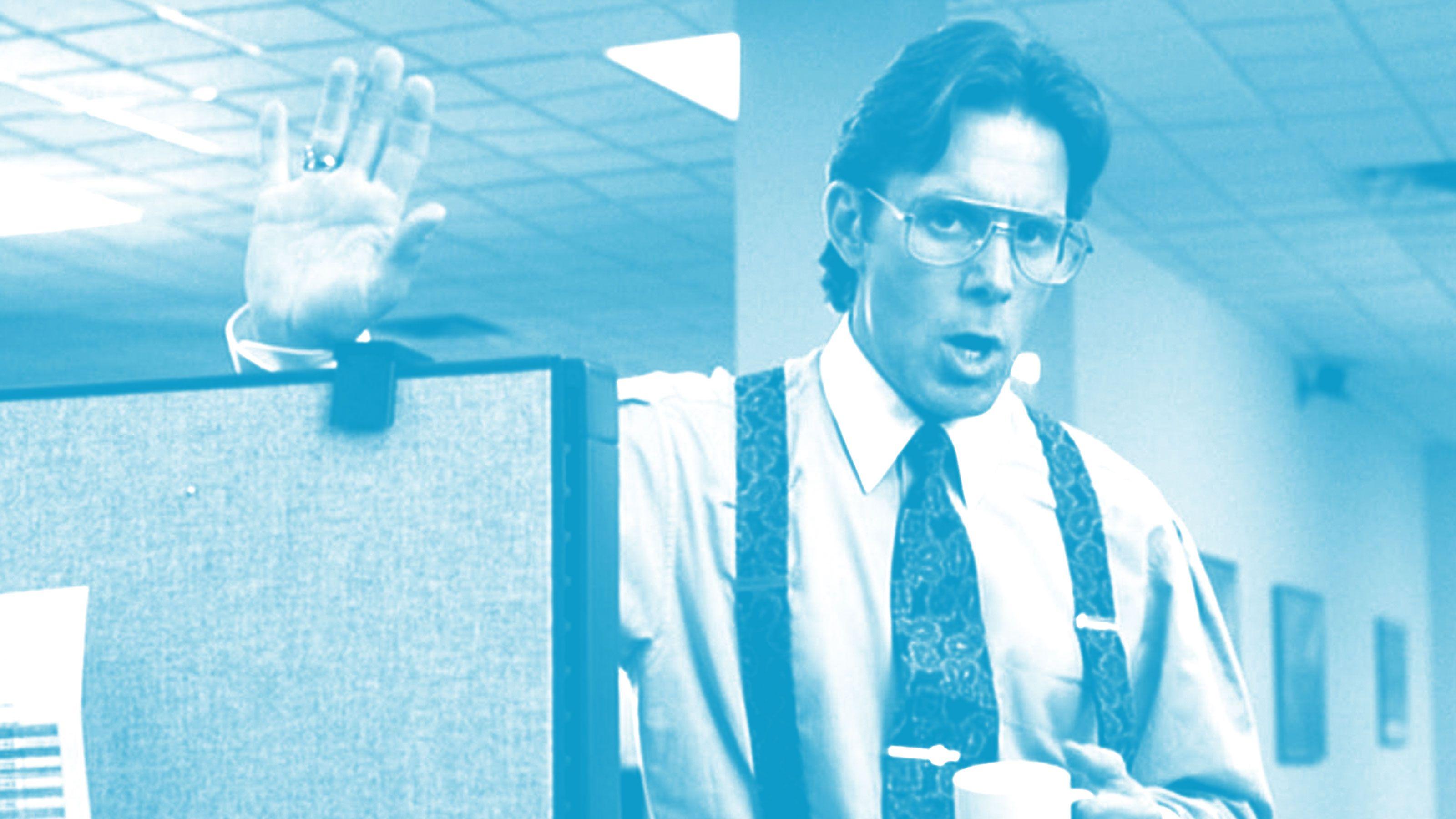
3. Office Space
Harvilla: TPS reports. Thirty-seven pieces of flair. “Two chicks at the same time.” The stapler. “It’s not that I’m lazy, it’s just that I don’t care.” The copier. That “no-talent ass clown” Michael Bolton. The Geto Boys. Hawaiian Shirt Day. “Looks like you’ve been missing a lot of work lately.” “I wouldn’t say I’ve been missing it, Bob.” The cubicle as hell; the cubicle-as-hell black comedy as cult-classic nirvana.
What is the best behind-the-scenes anecdote about this movie? This website’s essential and quite thorough oral history has all the granular detail you require, including writer-director Mike Judge’s mastery of the granular details, from the cubicle heights to the precise shade of soul-sucking gray. But it’s especially fun to read as this beloved and relatively modest crew of actors realize in real time that Office Space had gone from a box office flop to one of the most deified DVDs of its time, even if that manifested in part as strangers yelling, “Two chicks at the same time!” at Diedrich Bader while he’s at the grocery store with his 4-year-old daughter.
What is the best line or moment from this movie? As per above, there are roughly 200 correct answers here, so let’s dig deep and shout out Ajay Naidu for exclaiming, “This is a … fuck” in a moment of extreme stress.
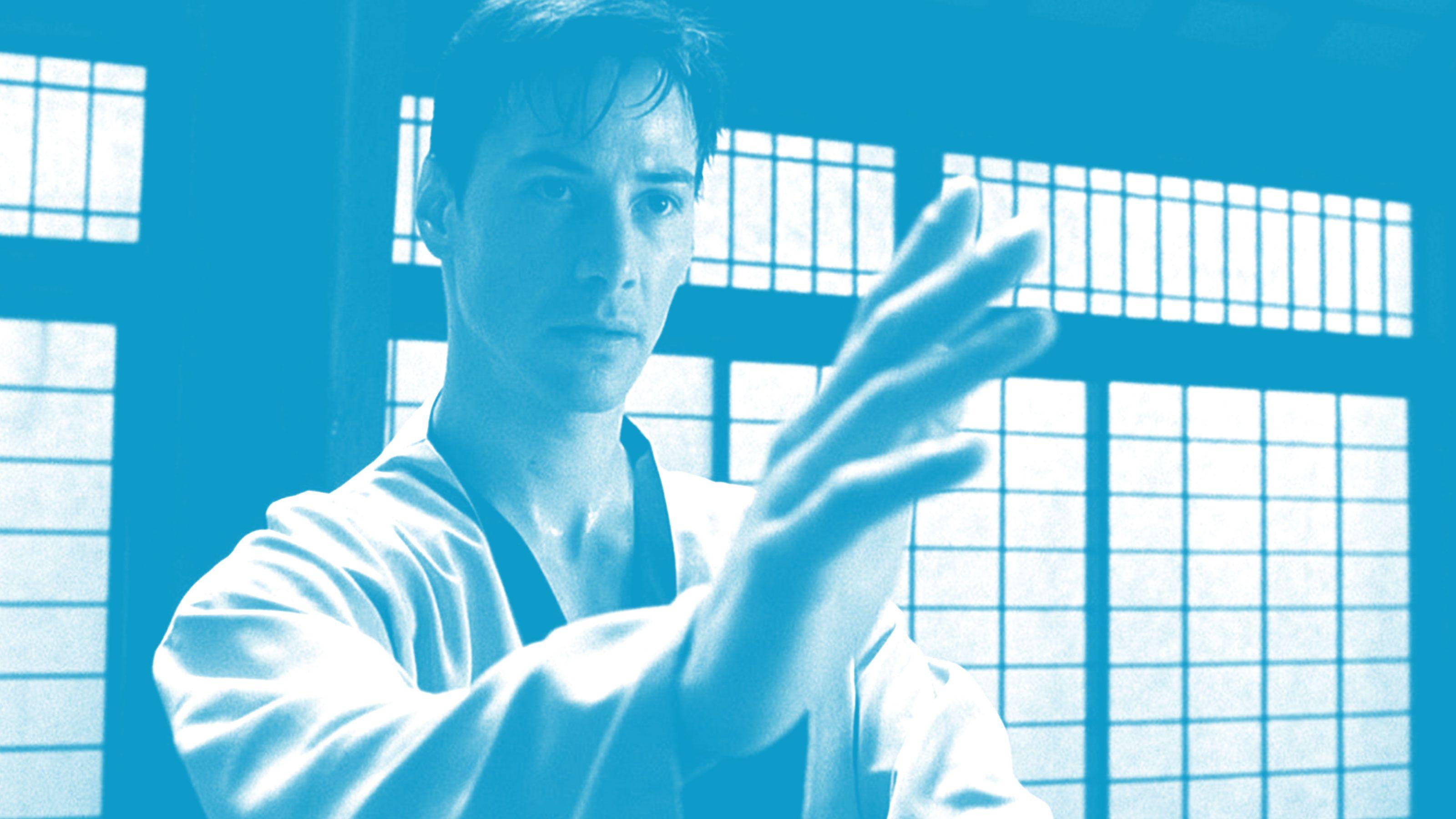
2. The Matrix
Ben Lindbergh: The Matrix is an inner-circle sci-fi Hall of Famer, a visual trendsetter, and a cultural touchstone that remains culturally prominent today. Its action scenes alone would have set it apart, but its philosophical influences and existentialist themes—which were admittedly more mind-blowing for viewers of an impressionable age—lent it an intellectual heft that made it far more memorable than most of its bullet-time imitators.
How did this movie change popular culture? It’s tough to count the ways. Many of its lines, like “There is no spoon,” “I know kung fu,” and even the iconic Keanu Reeves “Whoa,” remain in conversational circulation. The movie also made “a glitch in the Matrix” shorthand for déjà vu or any other odd occurrence, and Morpheus’s literal red pill and blue pill became a borrowed metaphor for any number of supposedly eye-opening revelations or movements, including a strain of nationalistic conservatism. The Matrix’s trench coats and black leather are still inspiring the high-fashion world, and by complete coincidence, I just opened an unrelated YouTube video and heard Logic rapping, “I’m the One, like Keanu Reeves.” That song charted this year, the same month that Will Smith confirmed that he passed on the role of Neo in favor of starring in Wild Wild West. 1999 produced a long list of movies with outsize cultural footprints, but none looms larger today than The Matrix.
How did this movie influence films to come? The Matrix was one of the most stylistically distinctive, coolest-looking movies ever. The appeal of that look—which came at a physical cost to the cast—wasn’t lost on the entertainment industry, which spent the next few years cribbing from (and parodying) the Wachowskis’ striking template and churning out movies and video games that made liberal use of bullet time and “wire fu”–infused combat. What had seemed so fresh in The Matrix quickly became clichéd, which makes it more difficult for first-time viewers decades later to appreciate the impression The Matrix made on unsuspecting audiences in 1999.
Although the franchise faltered in later installments—Reloaded was serviceable, but Revolutions was widely panned—the trilogy made over $1.6 billion worldwide. Between the excellent Animatrix, a series of so-so video games, and a line of comics, The Matrix became a modern model for massively lucrative multimedia rollouts. Its success may have played a part in fueling Hollywood’s ceaseless search for sci-fi tent poles and expanded cinematic universes, and it’s probably bound for a reboot. It’s hard to believe this franchise has lain fallow for so long, especially because it’s never seemed far from the collective cultural mind.
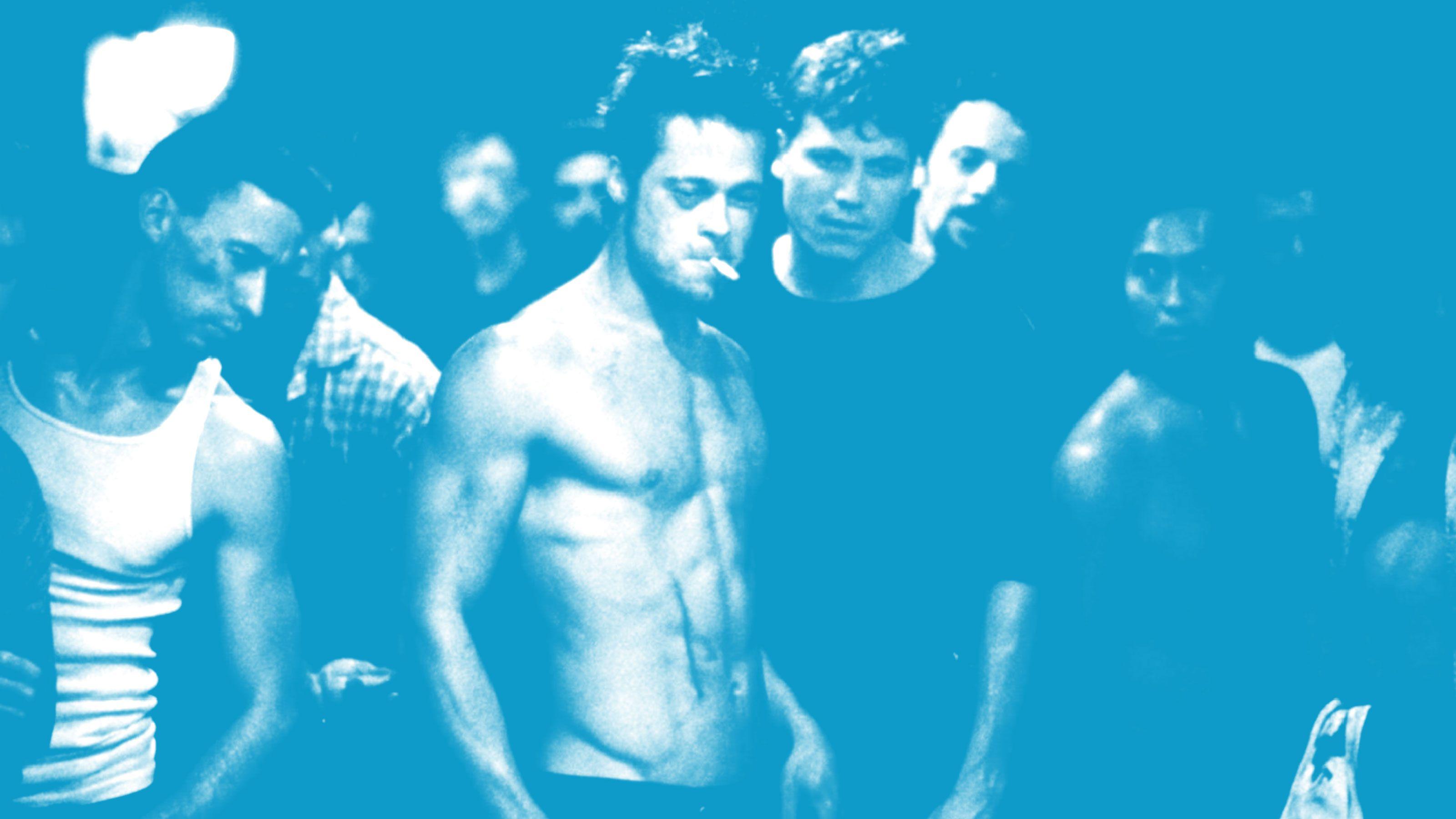
1. Fight Club
Ryan: If Fight Club is the best movie of 1999, what does that tell us about 1999? Plenty, but the reason this movie is at the top of this list, 20 years later, is because of what it says about 2019.
What is the best behind-the-scenes anecdote about this movie? Helena Bonham Carter got the role of Marla because Brad Pitt really liked her in The Wings of the Dove. What a world.
How did this movie change popular culture? Functionally, the movie poster provided the sole piece of interior decorating in countless college men’s dorm rooms from 1999 to, roughly, 2010. More broadly speaking, Fight Club articulated a moment of inarticulate masculine alienation and rage that has only gotten louder and more grotesque as the years have gone by. Whether you consider the movie a warning, a sick burn, or an instruction manual depends on your point of view, but it’s not too much of a leap to say that much of what has happened to the world since ‘99—9/11 (Durden creepily makes reference to “ground zero”), Occupy Wall Street, Reddit, men’s rights, online troll culture, our obsession with diseases and maladies and our search for cures, hysteria about free speech and political correctness, the twilight of white men and late-period capitalism, the rise of MMA, and Donald Trump, to name just a few things off the top of my head—can be found in the cigarette-burned frames of this movie. So, thanks, David Fincher? The question you have to ask yourself is: Is this movie prescient? Or is it a pestilence?
